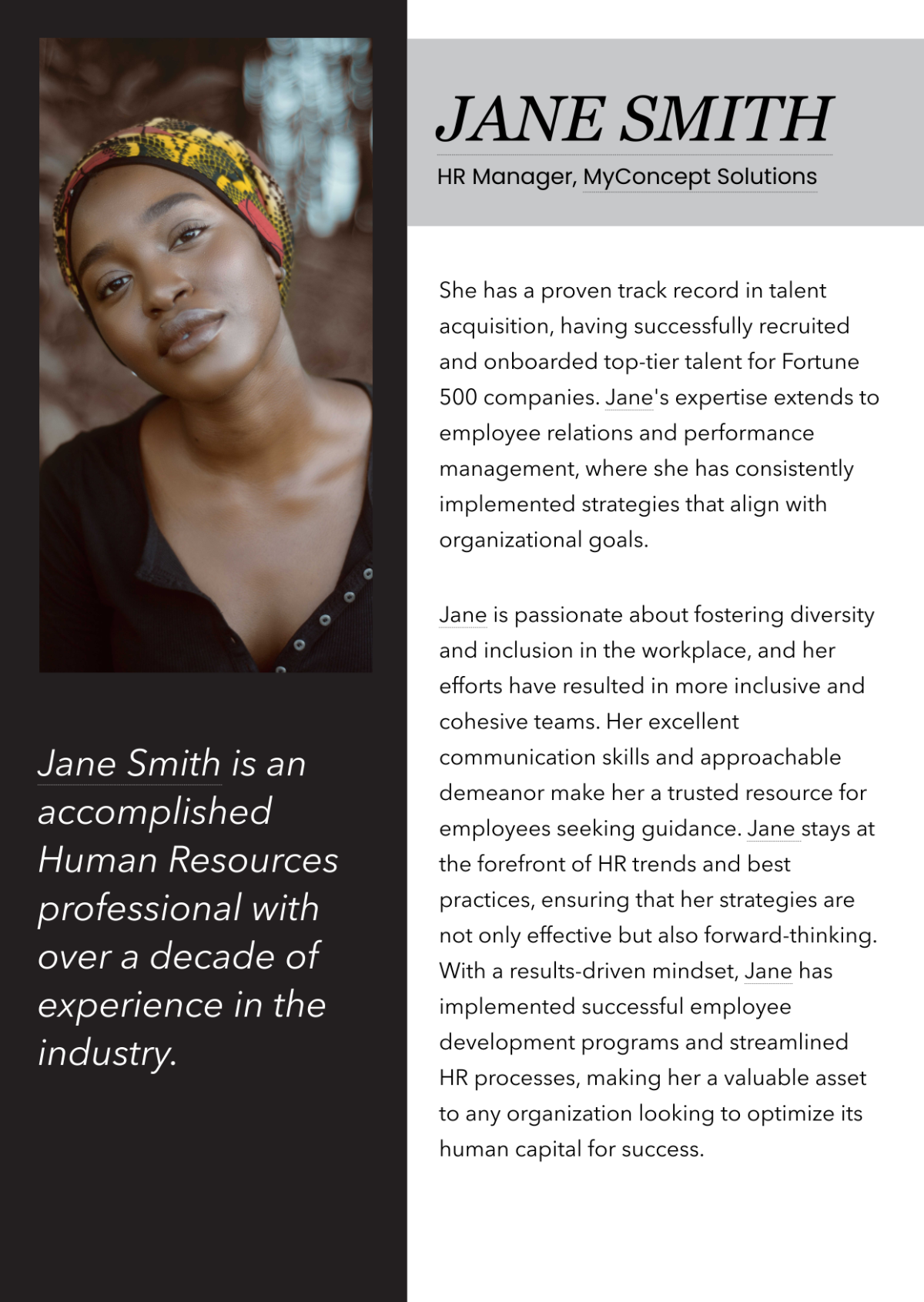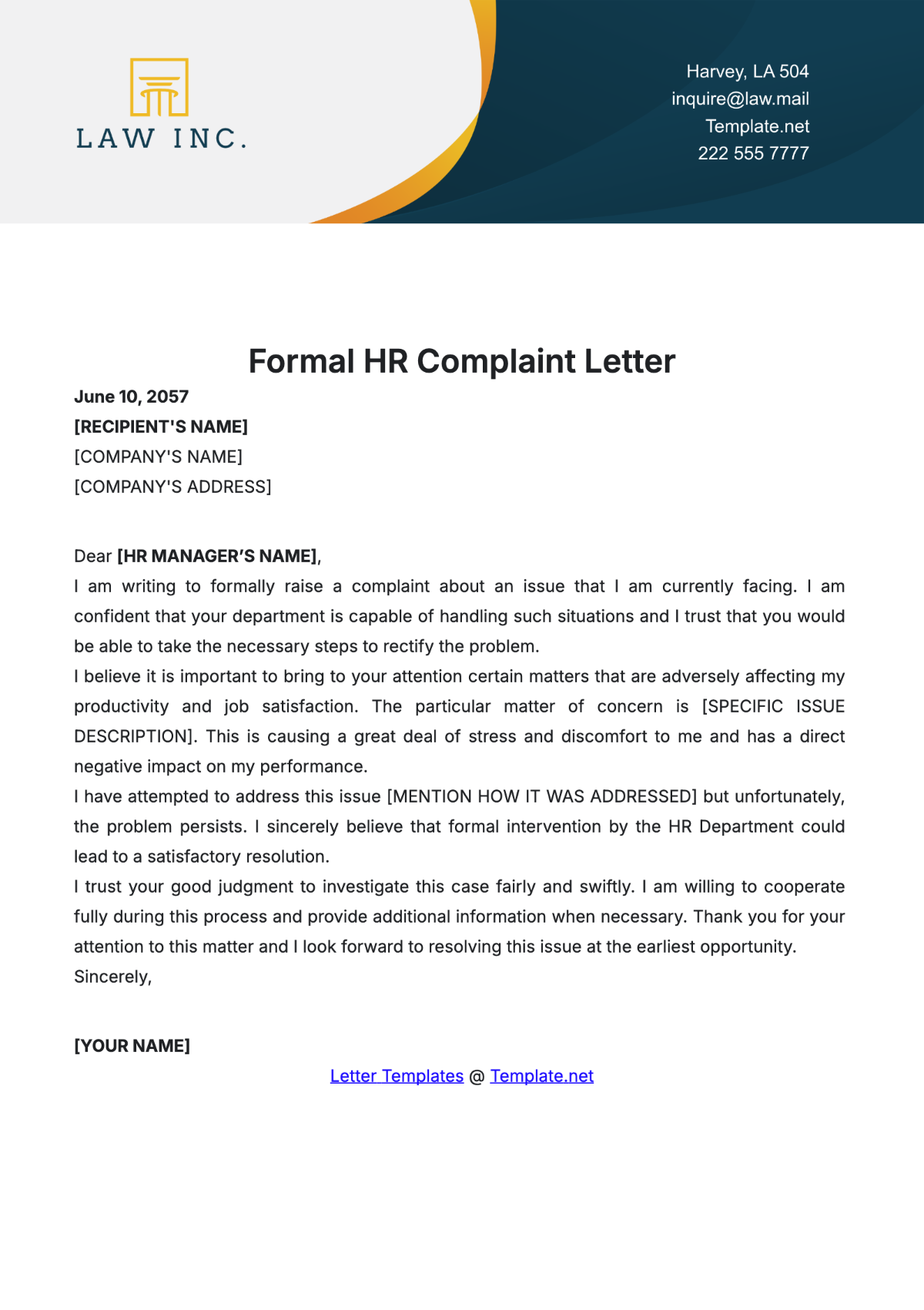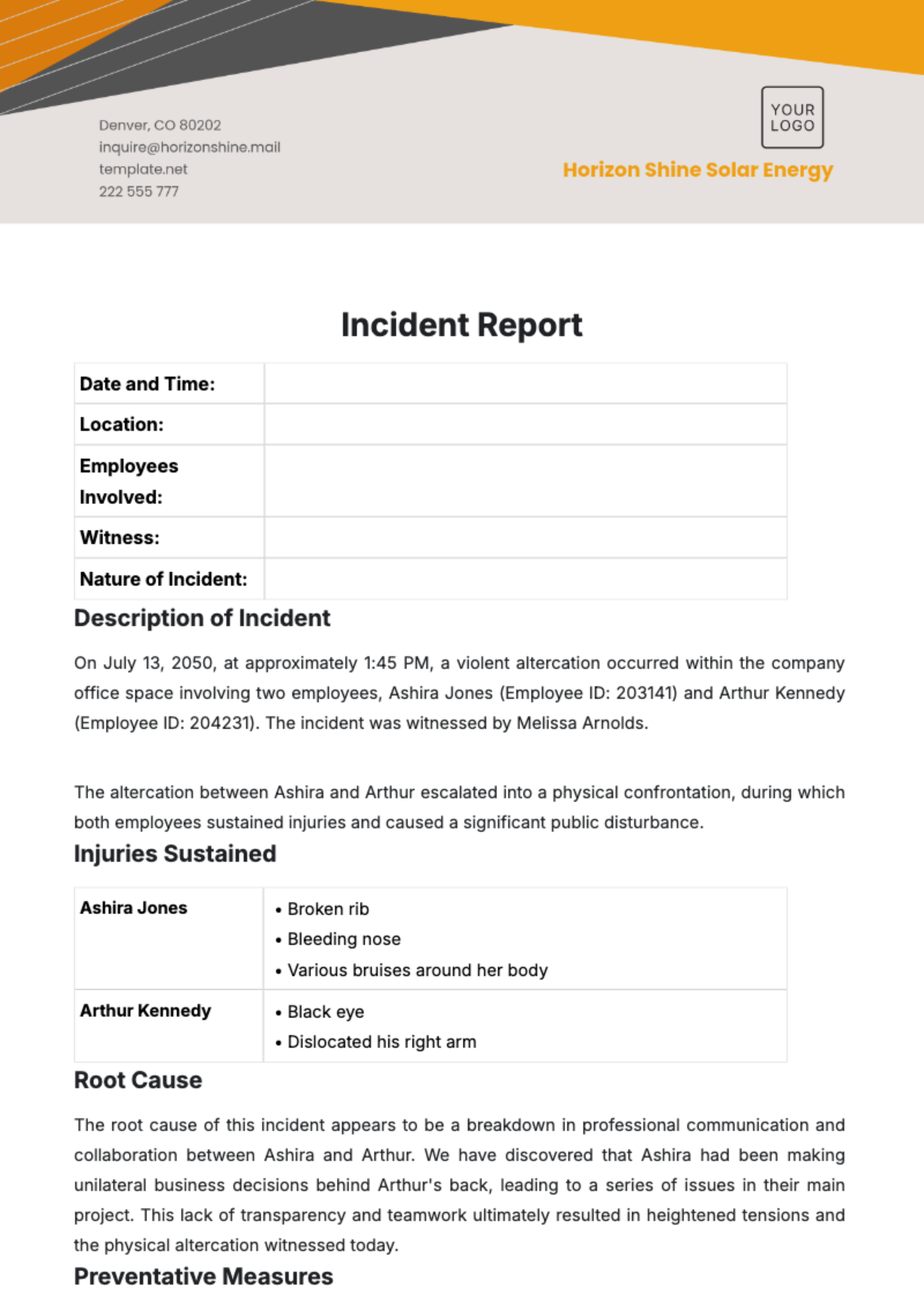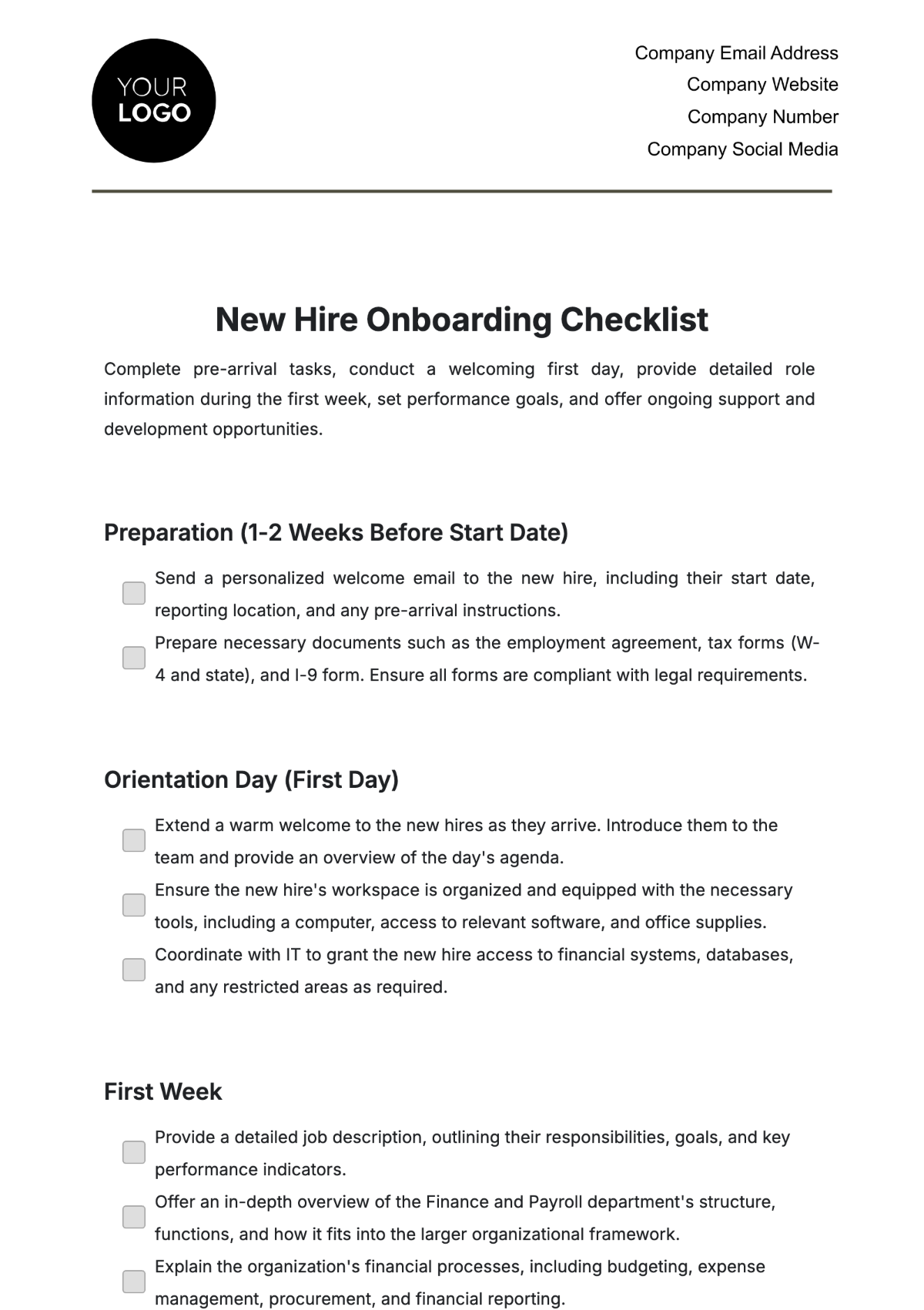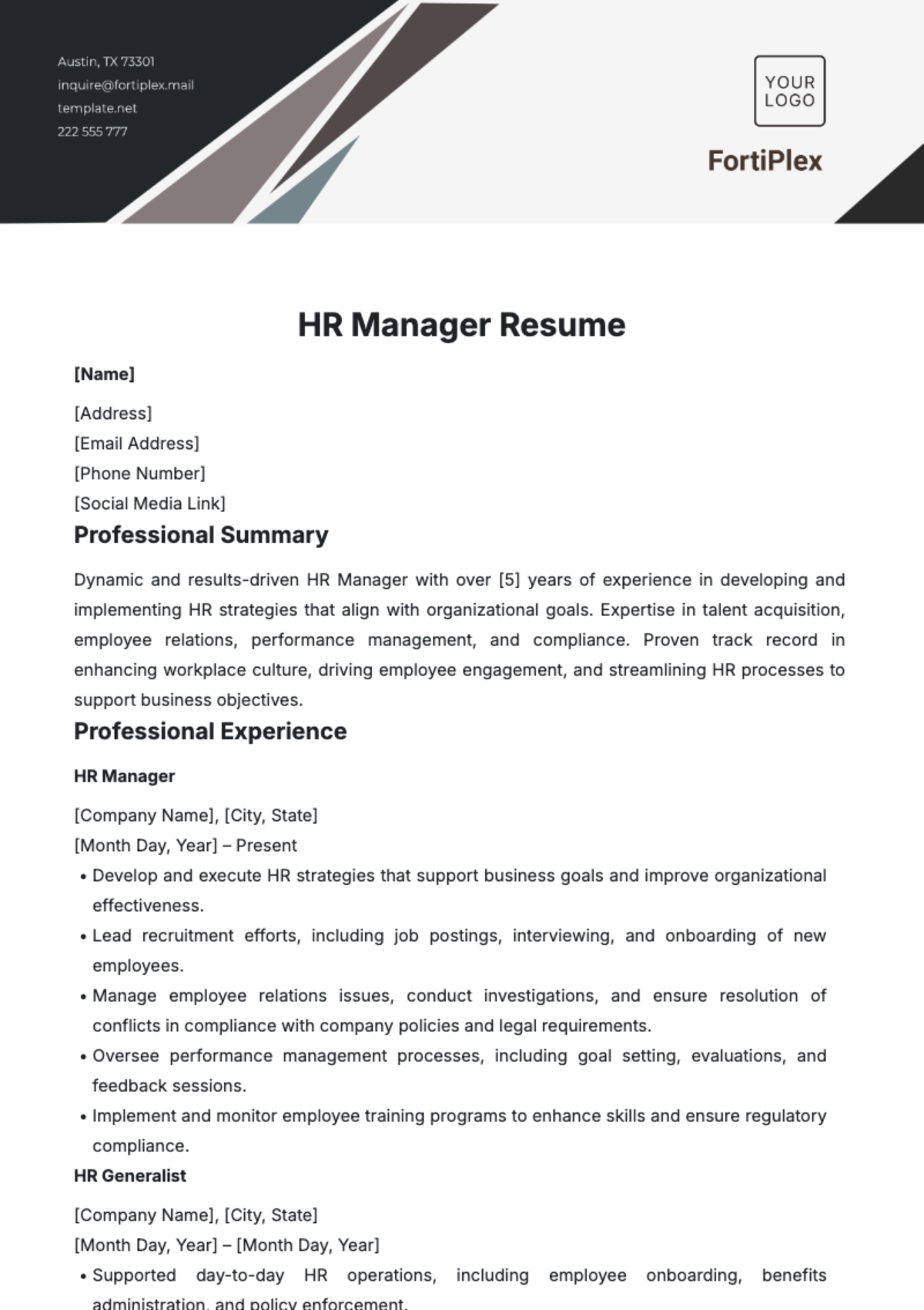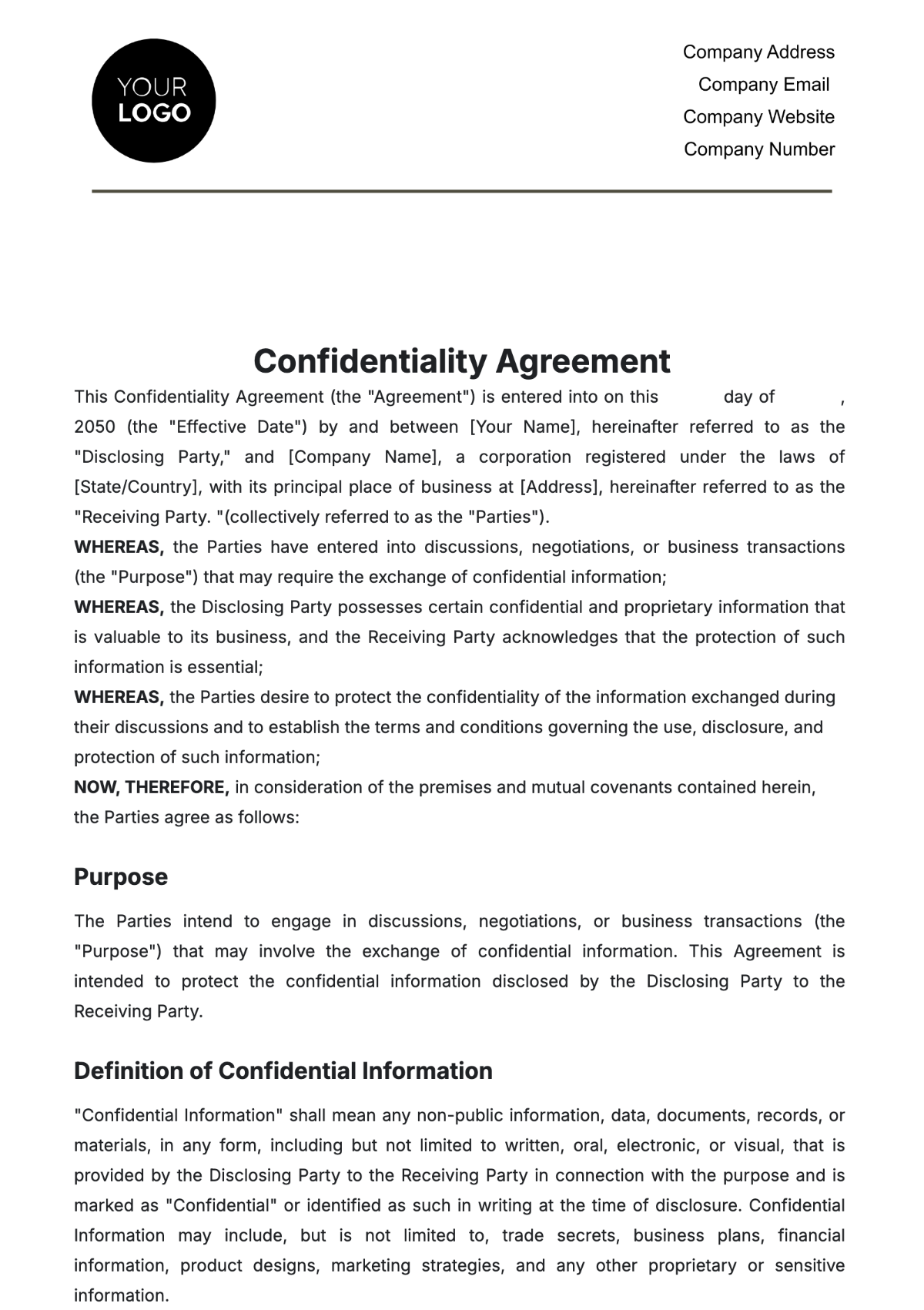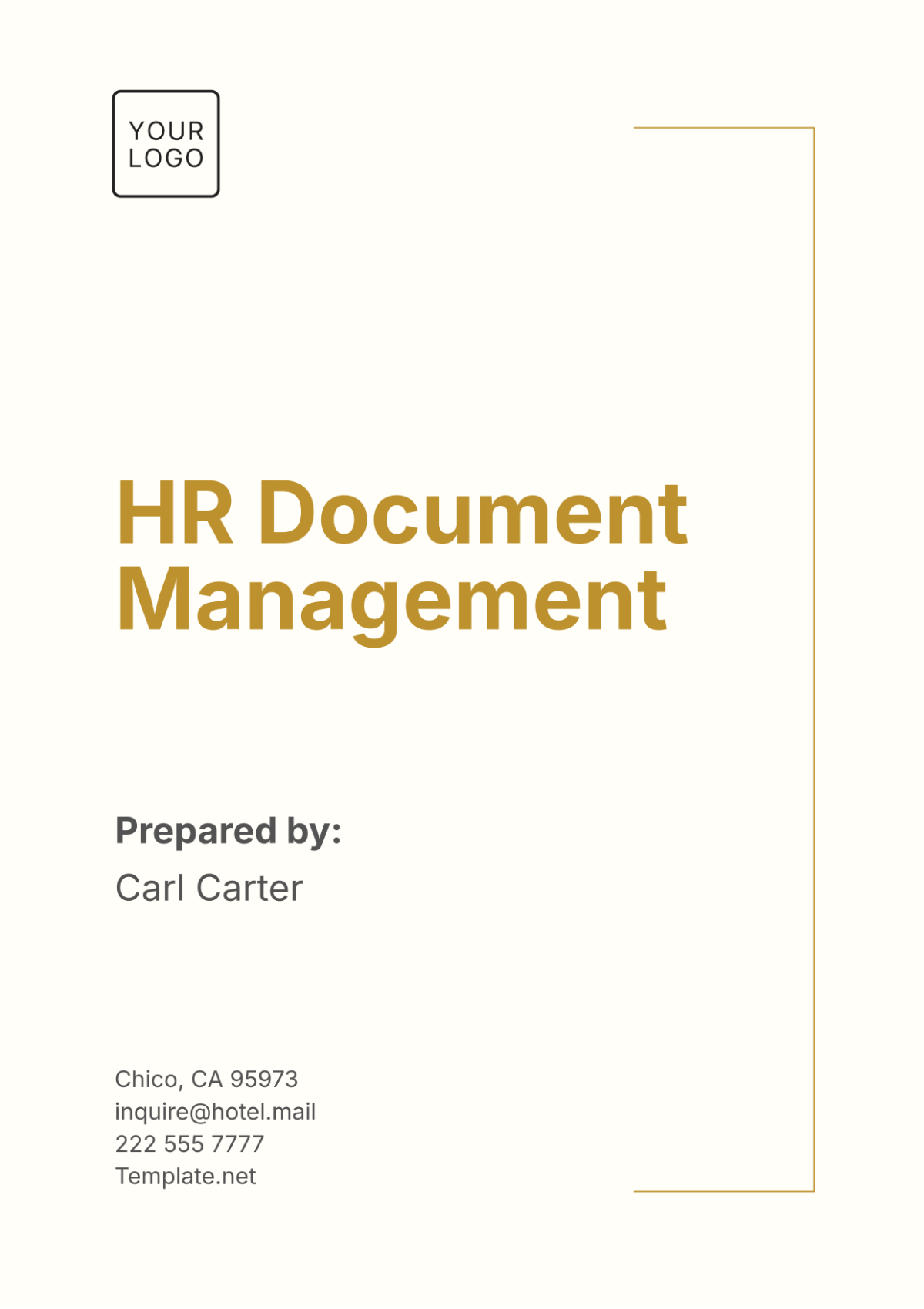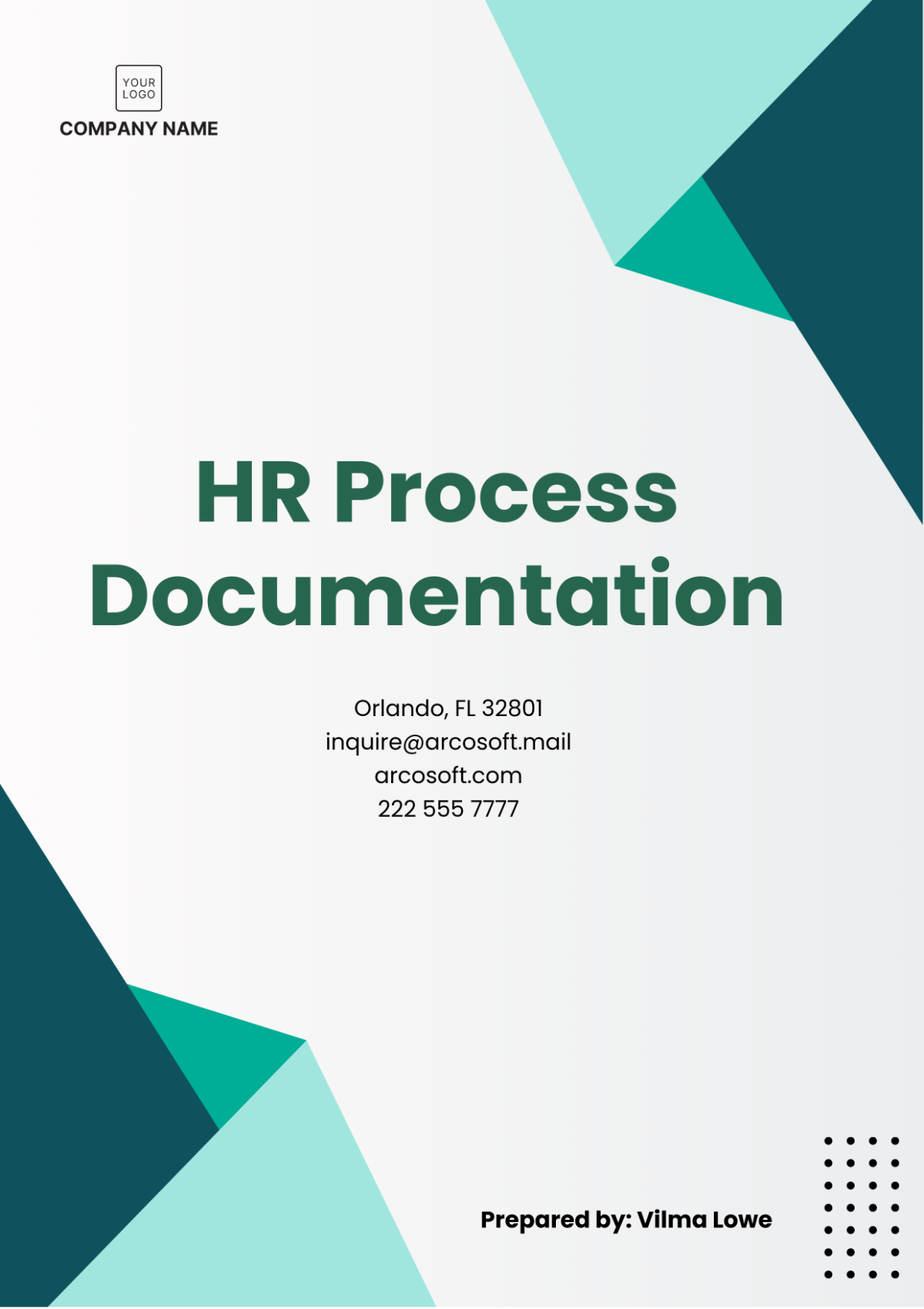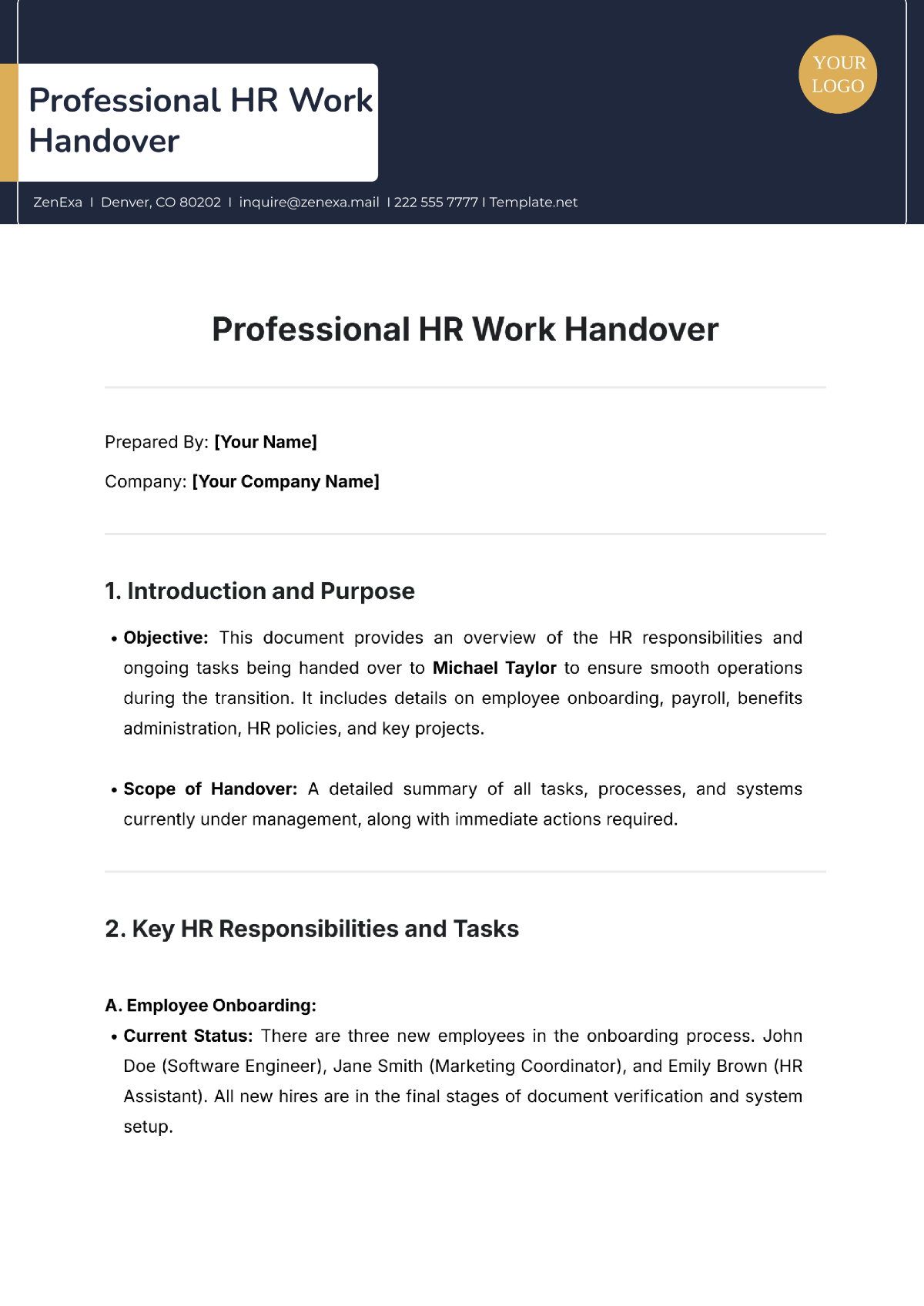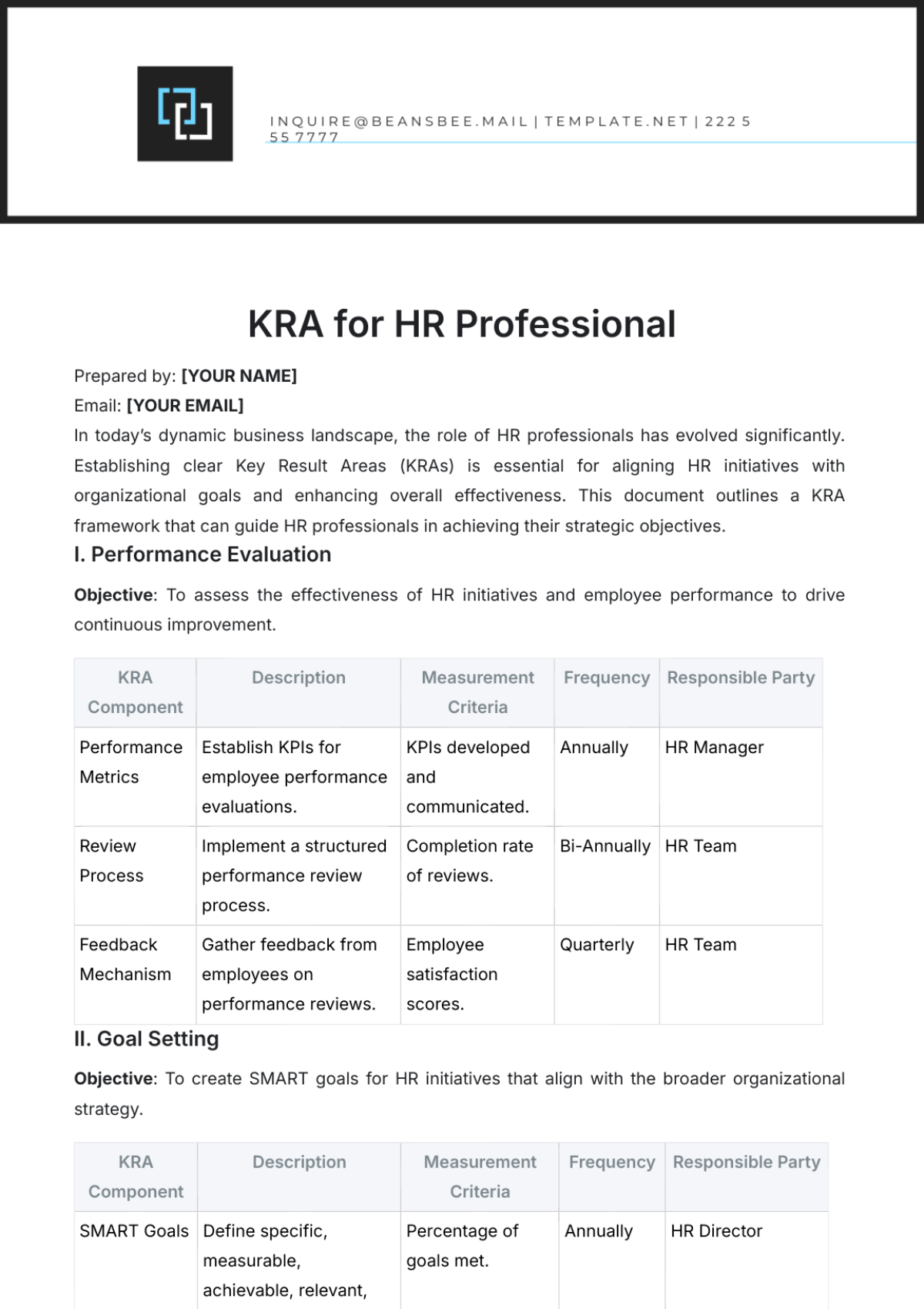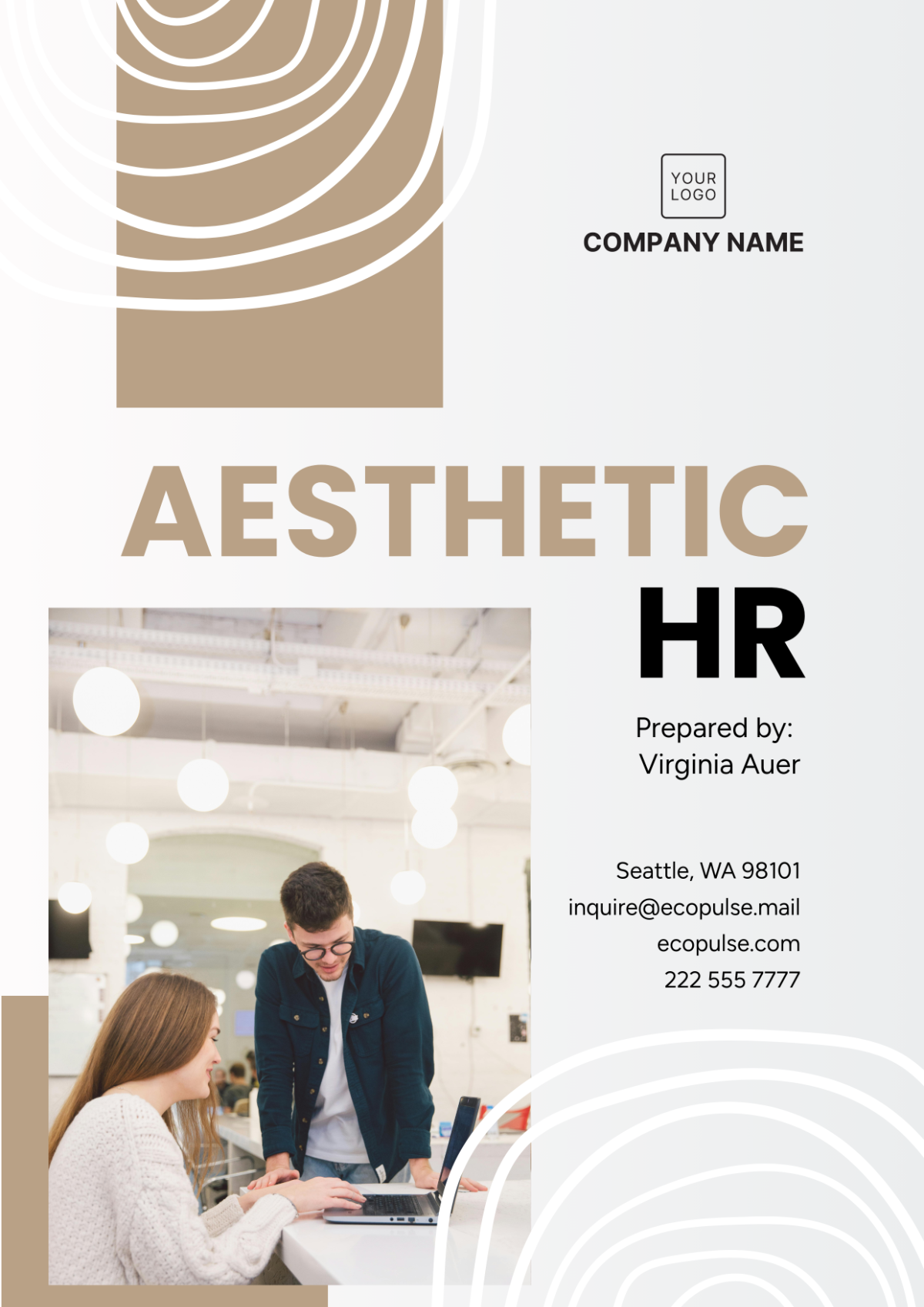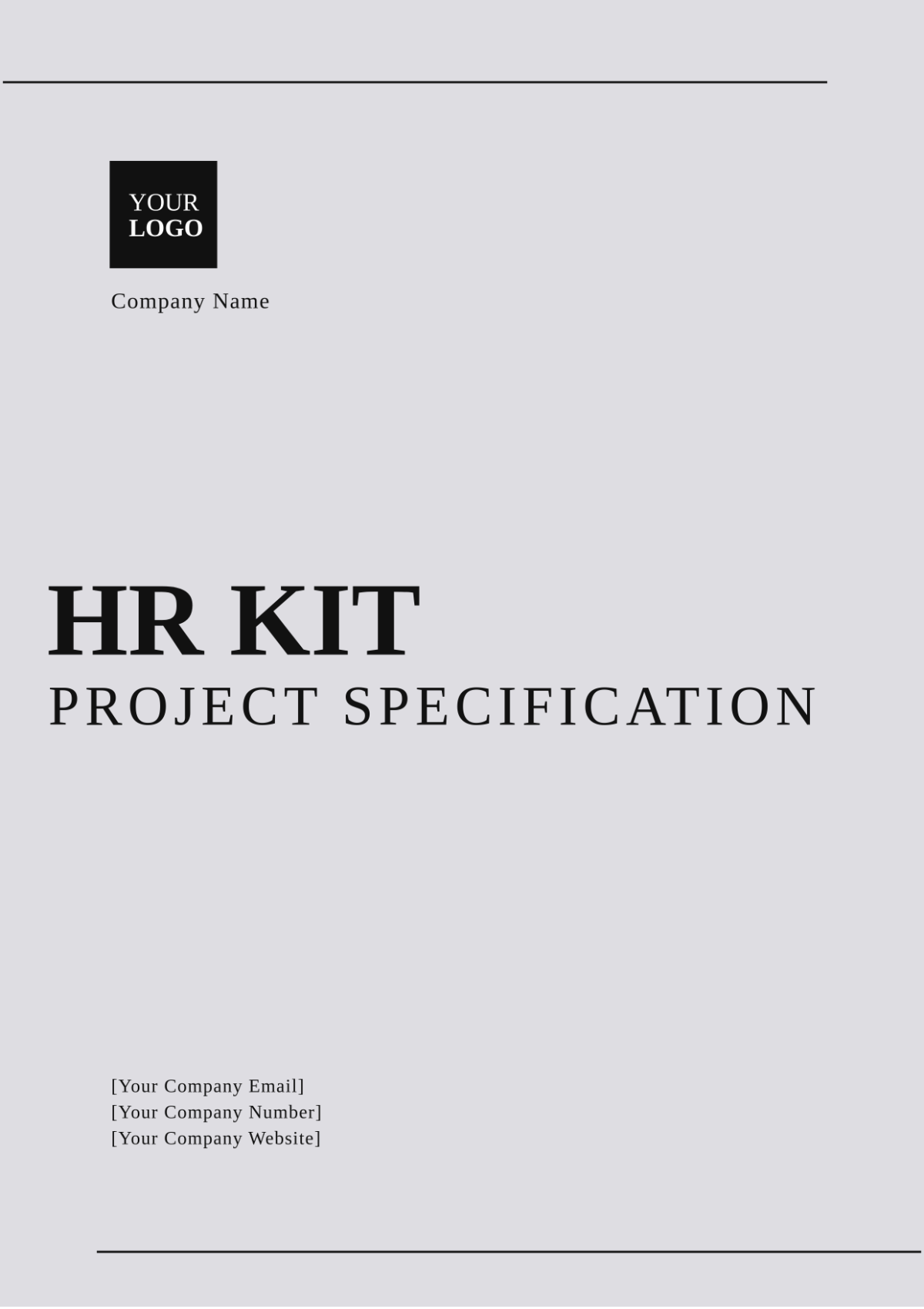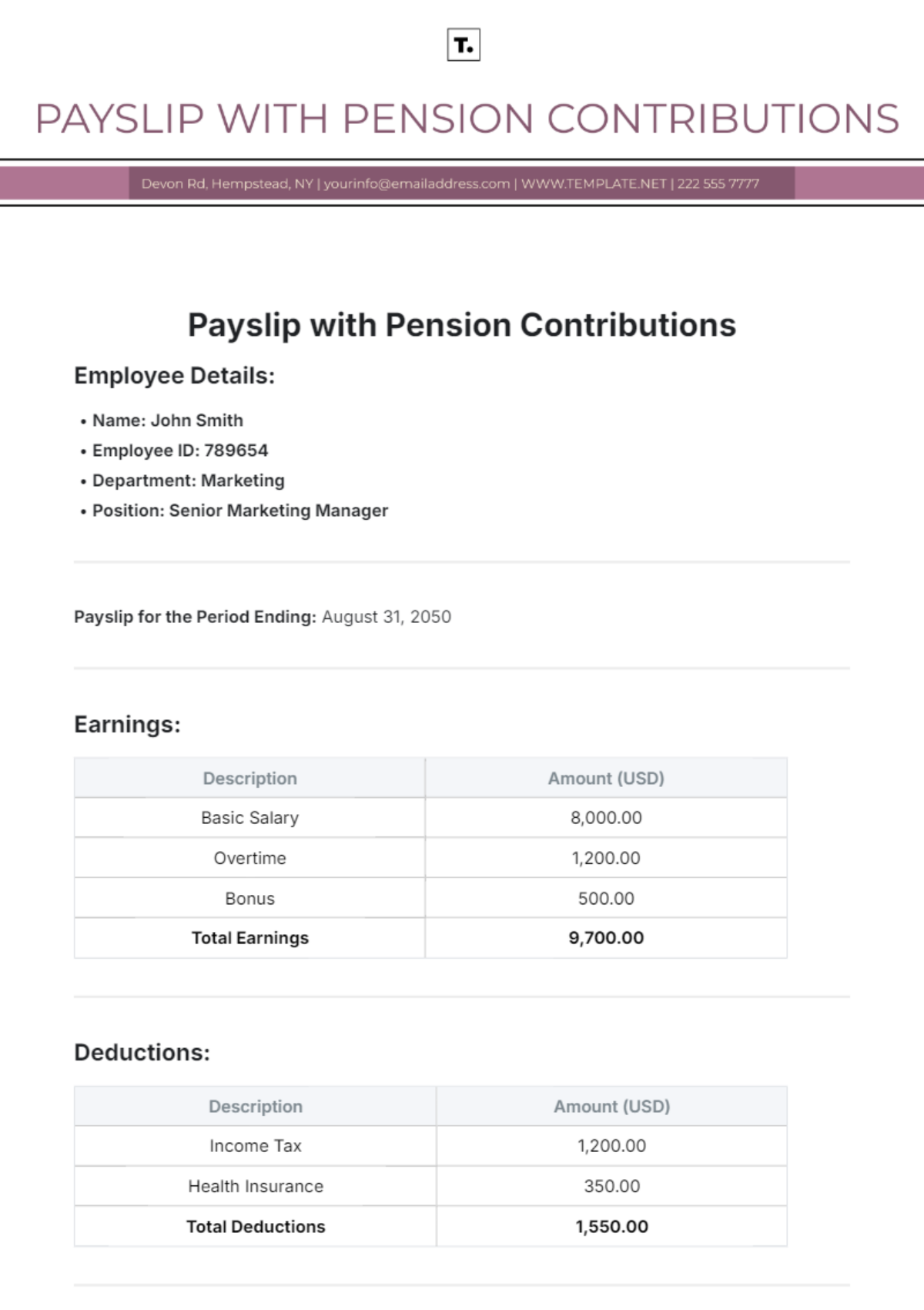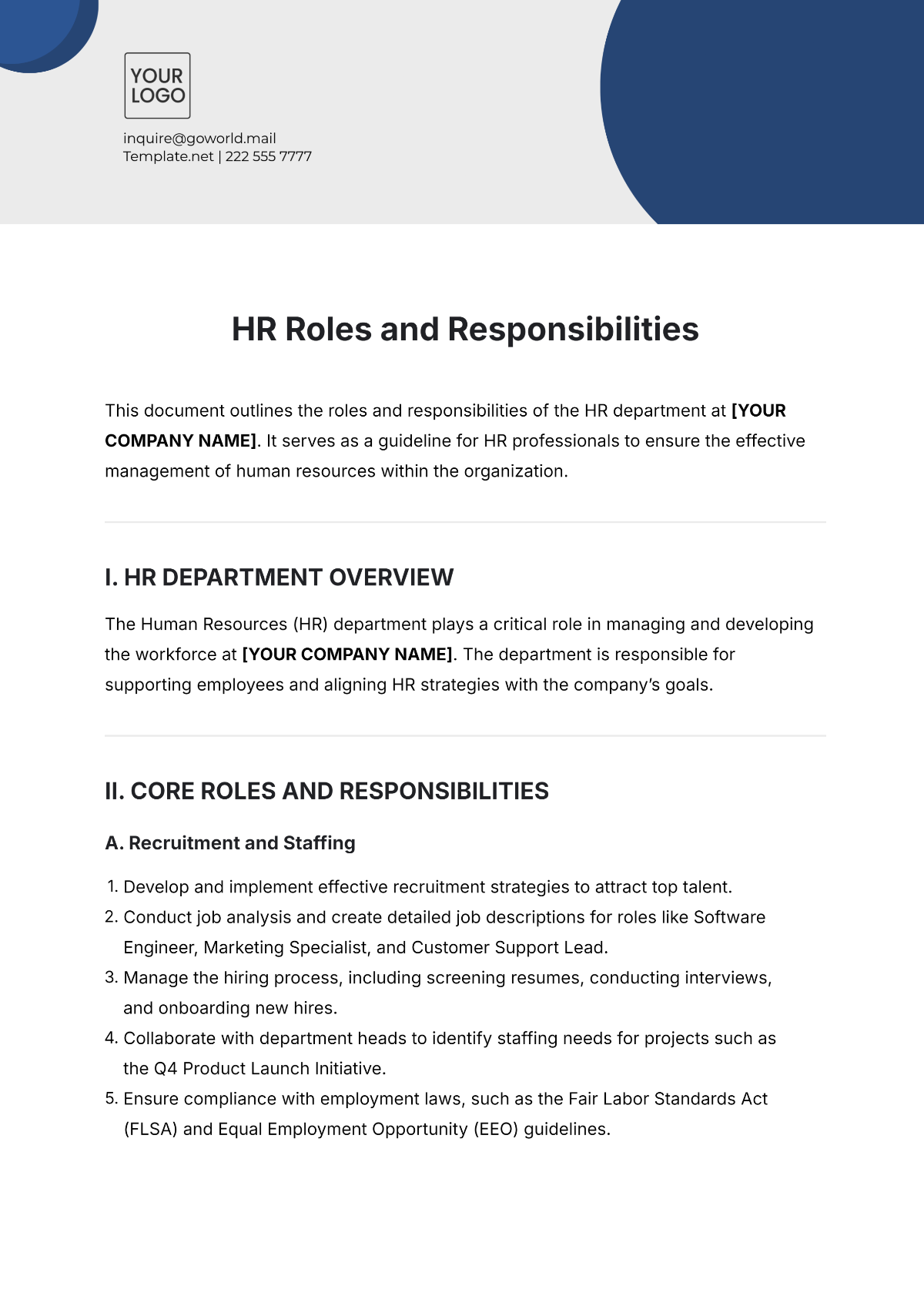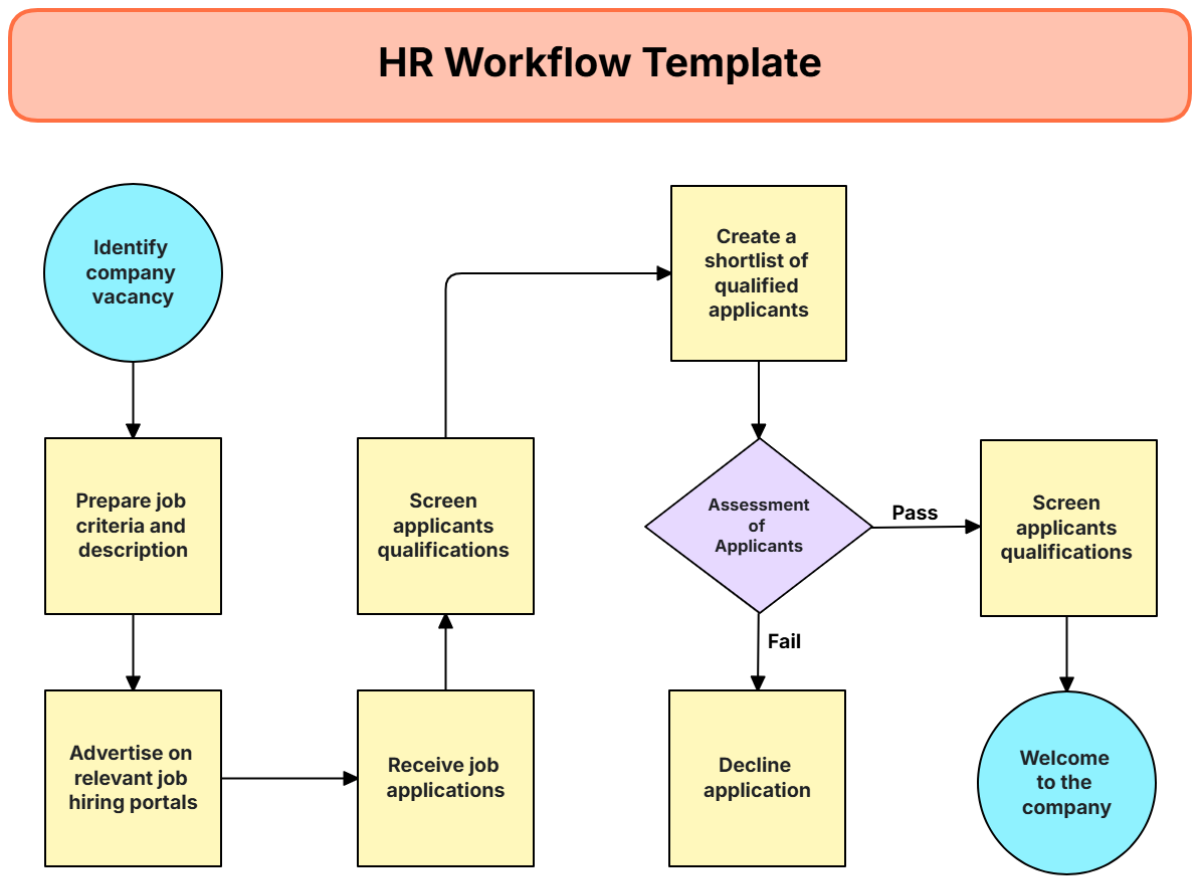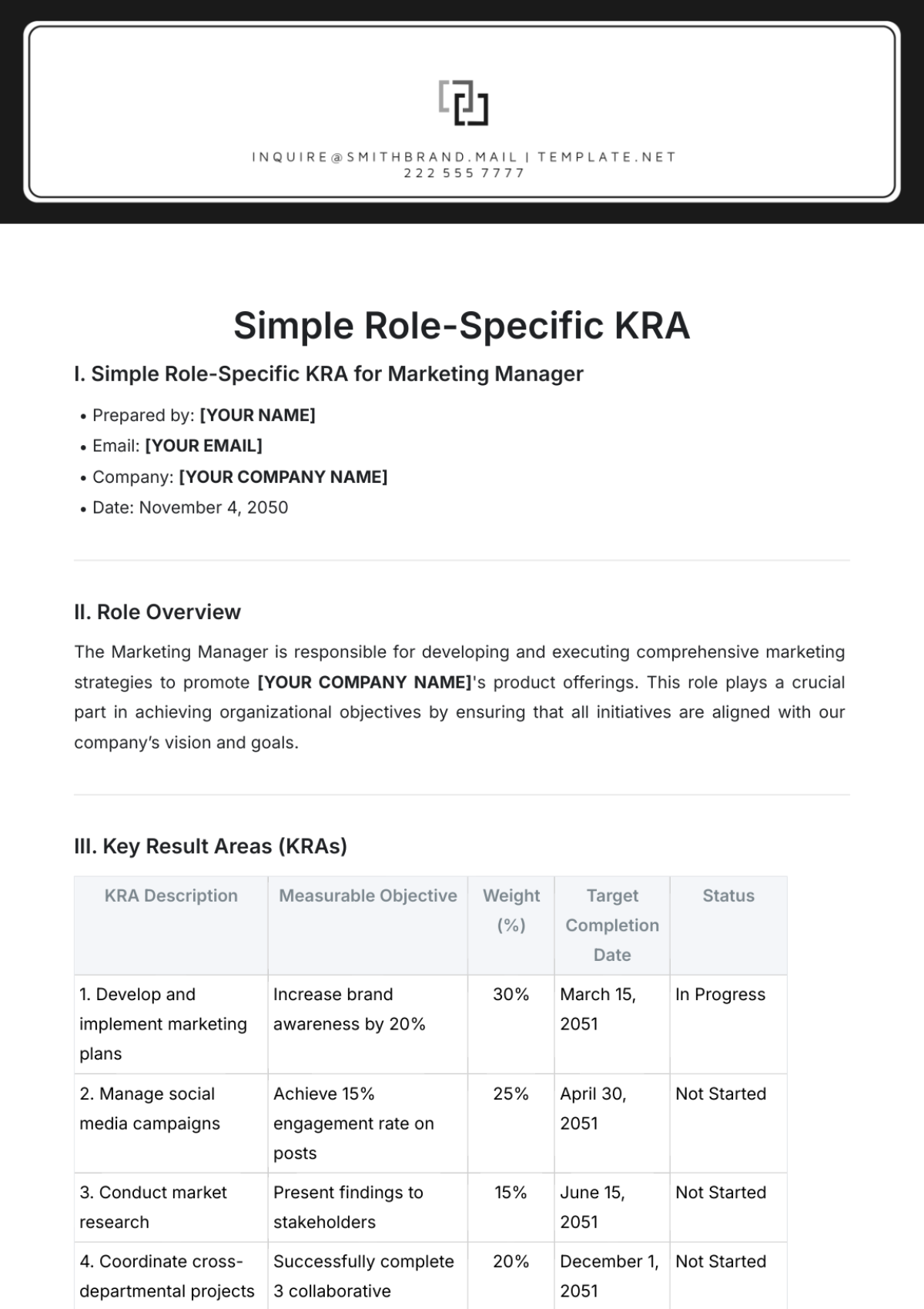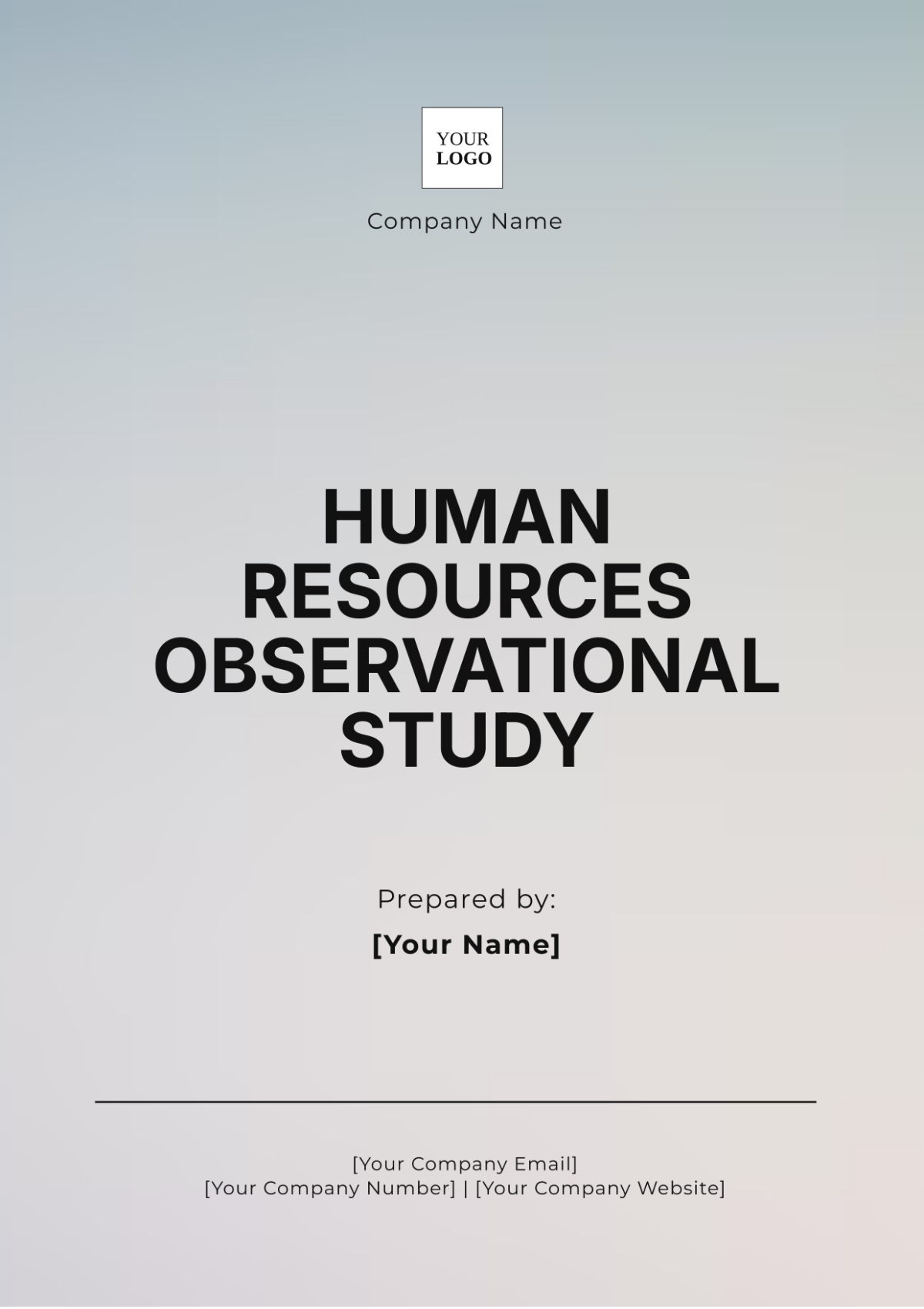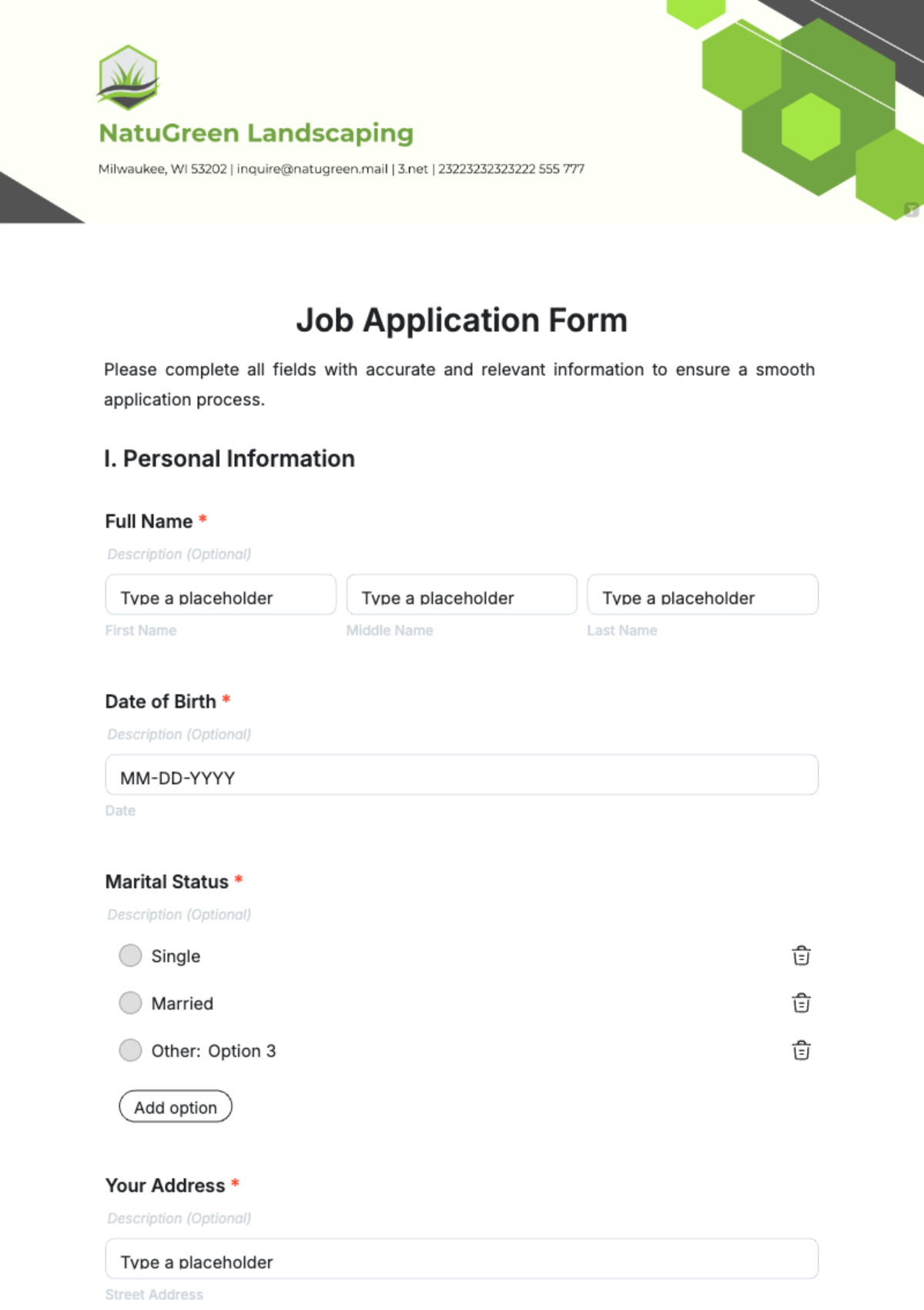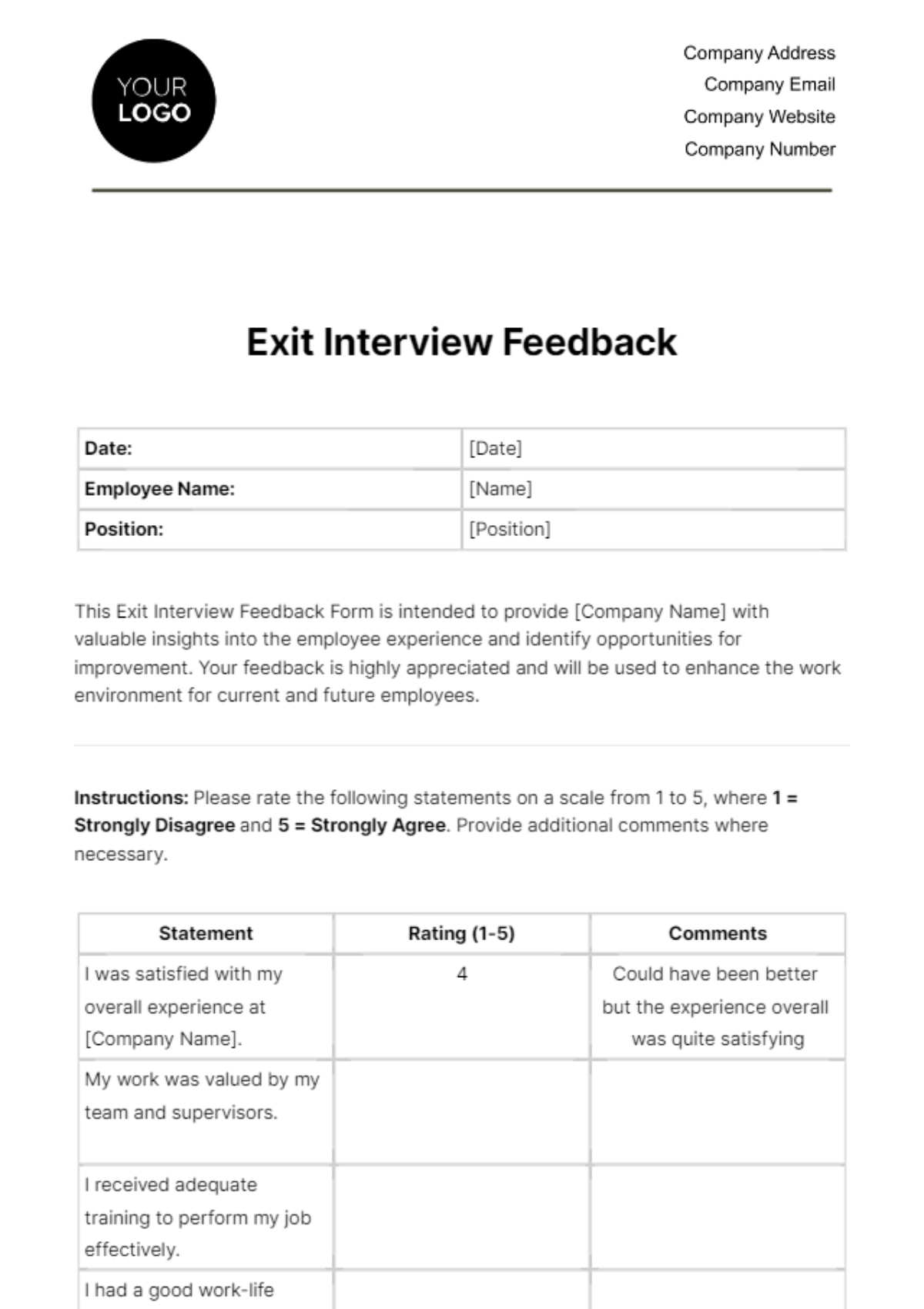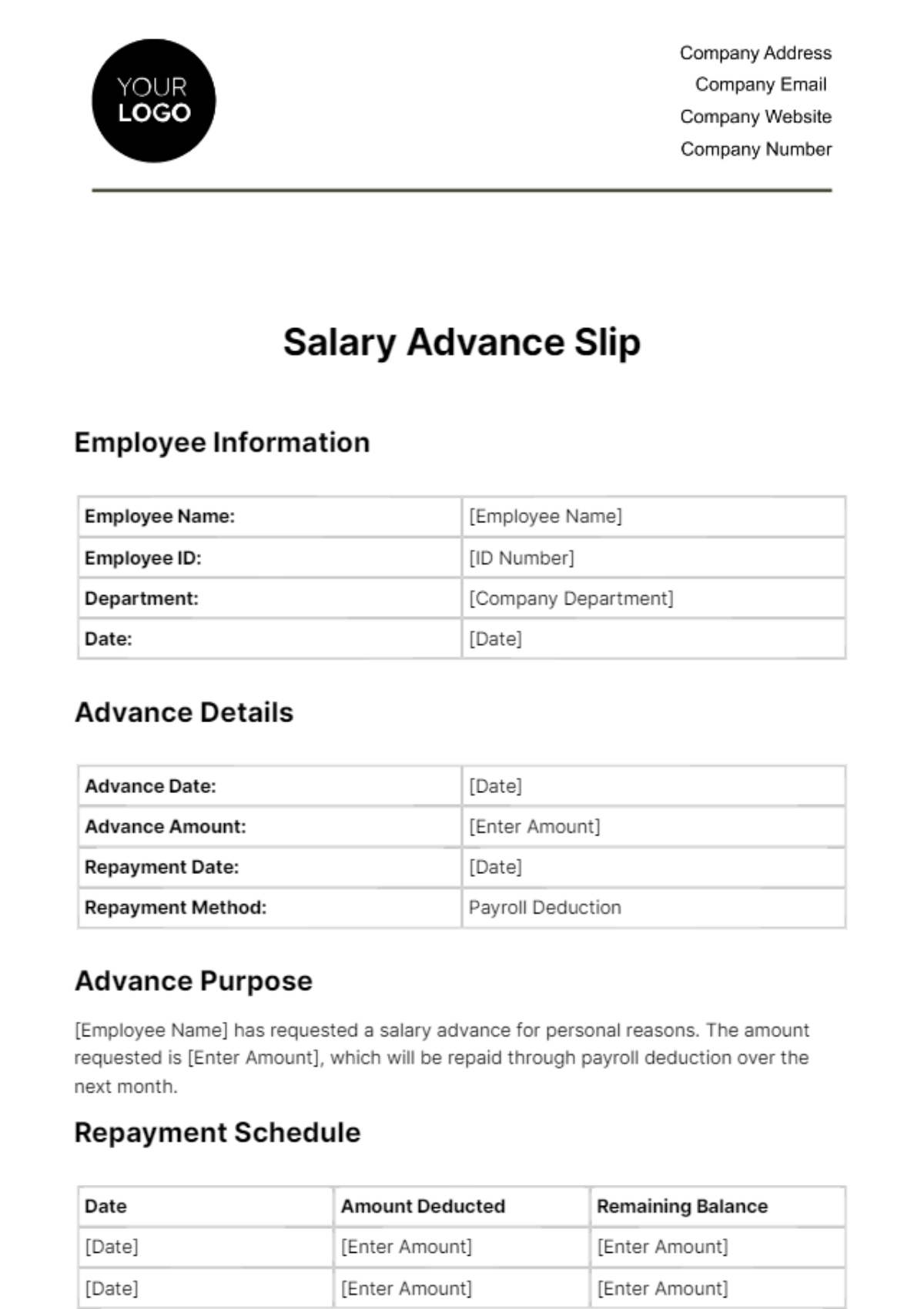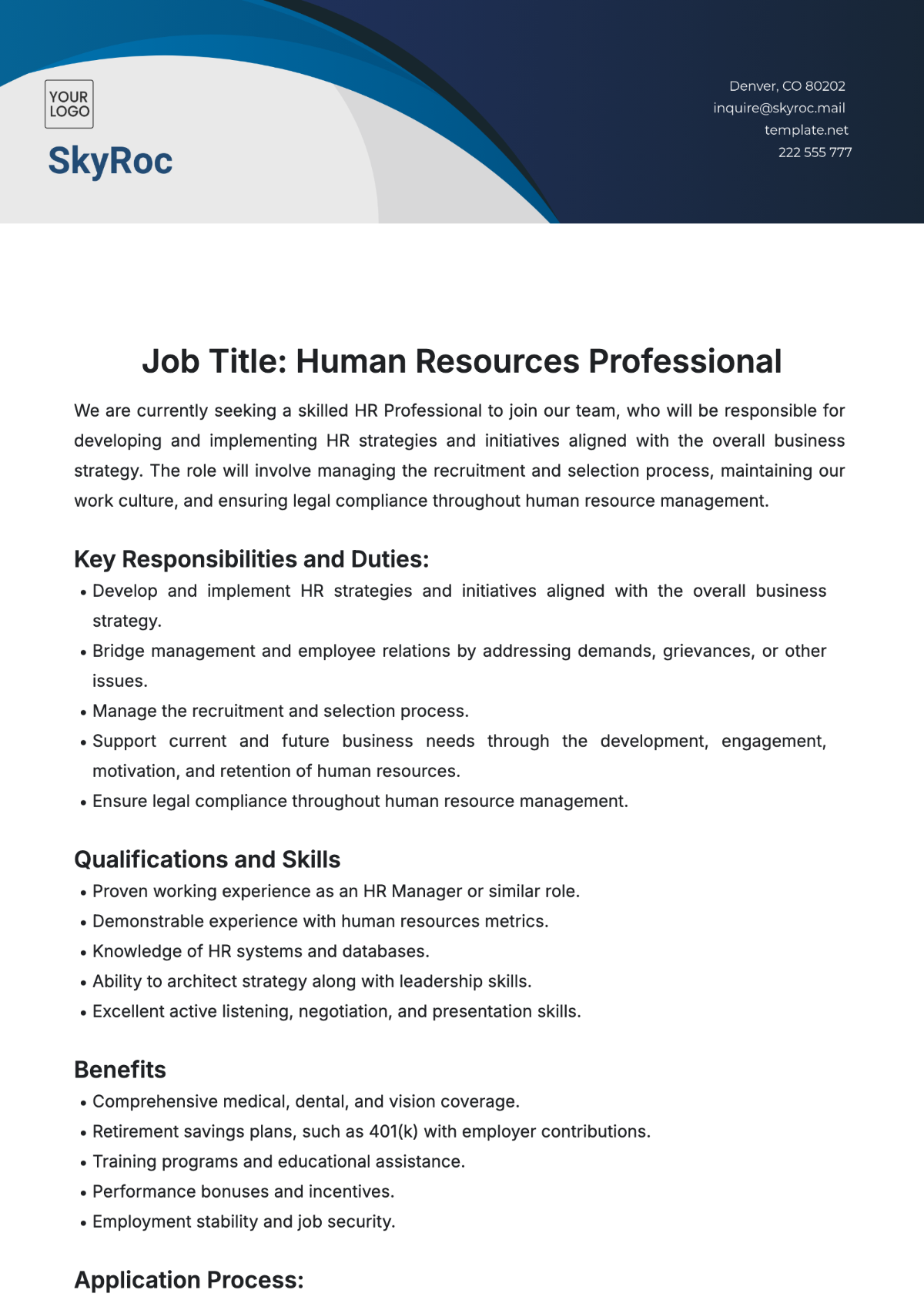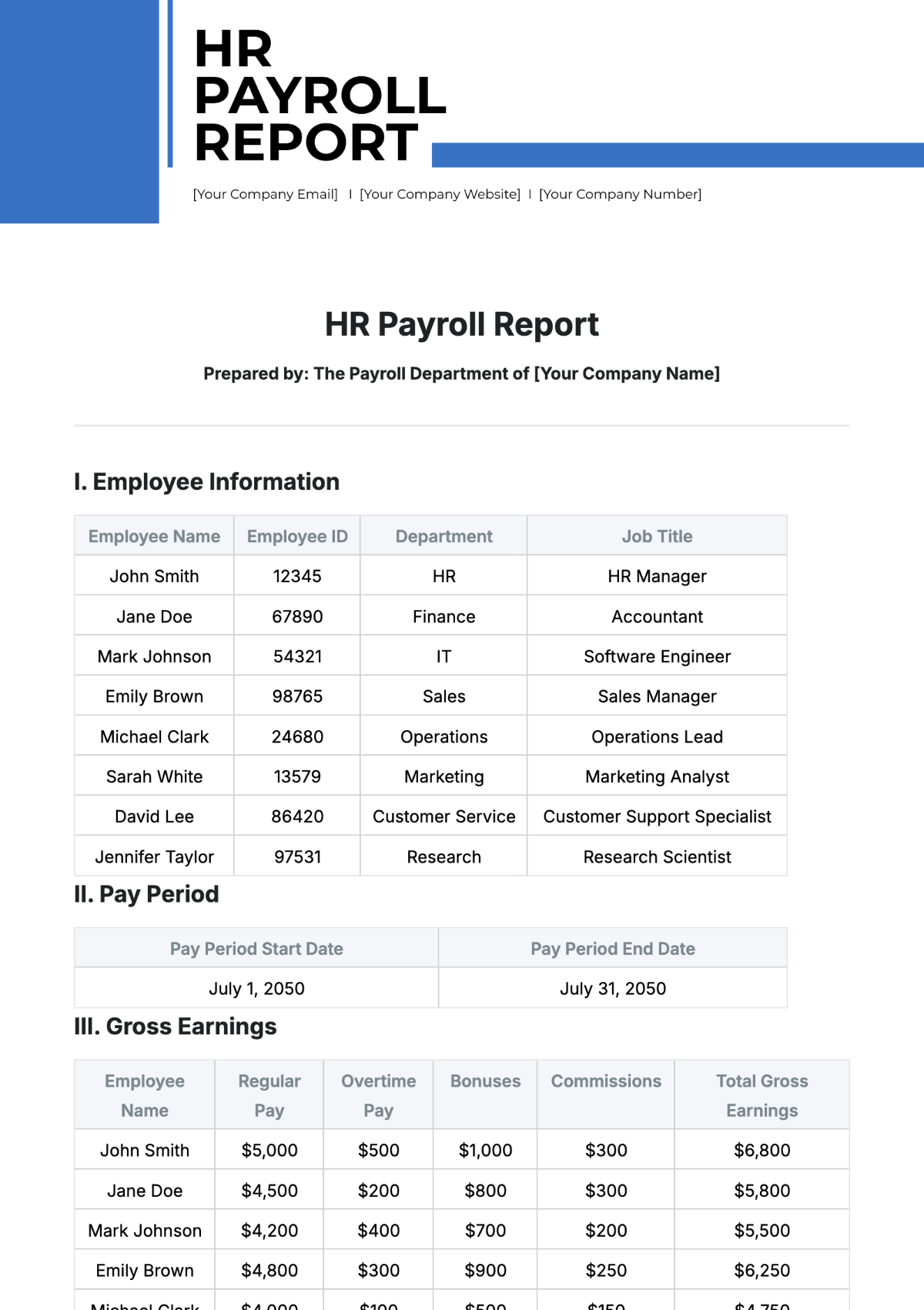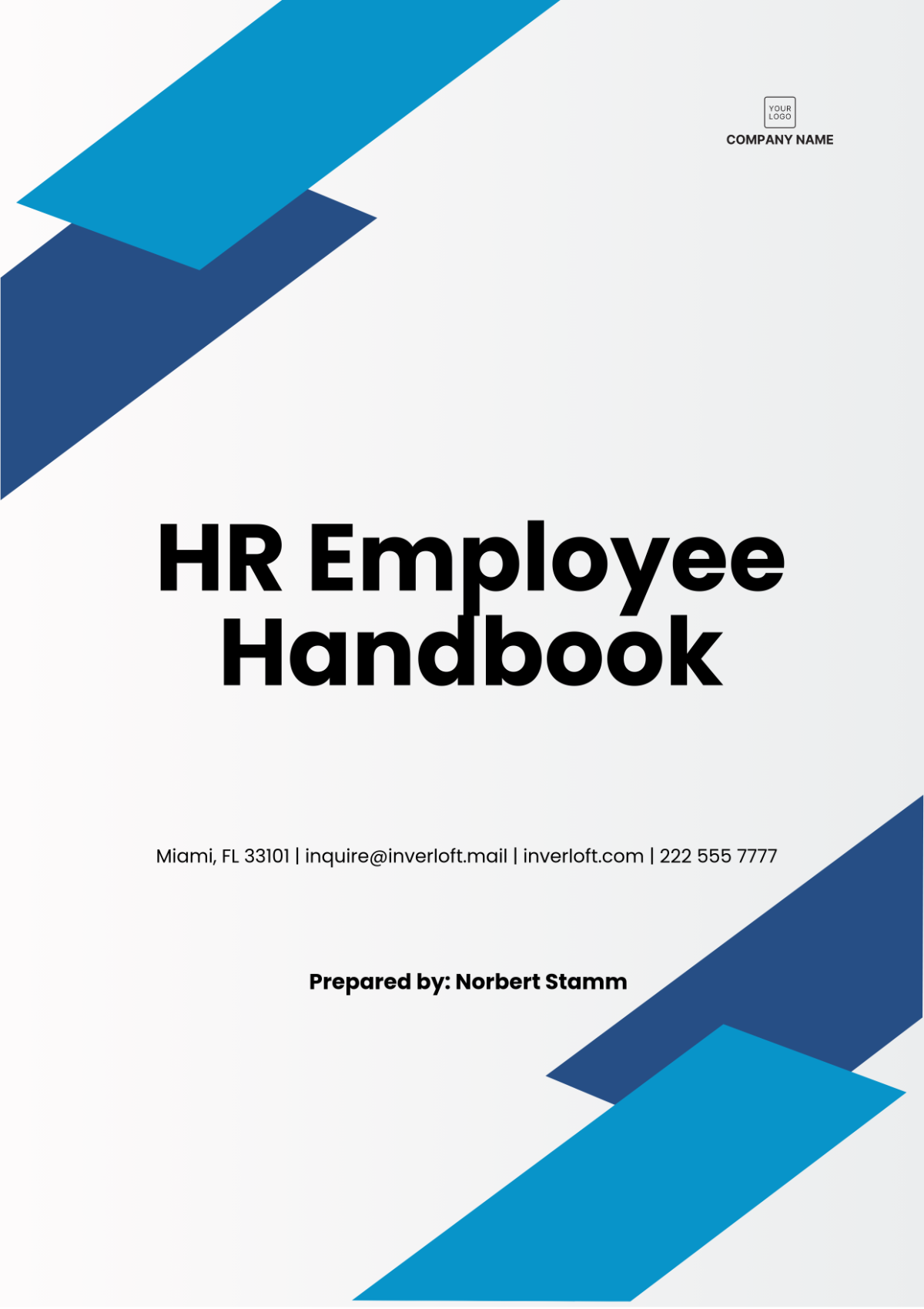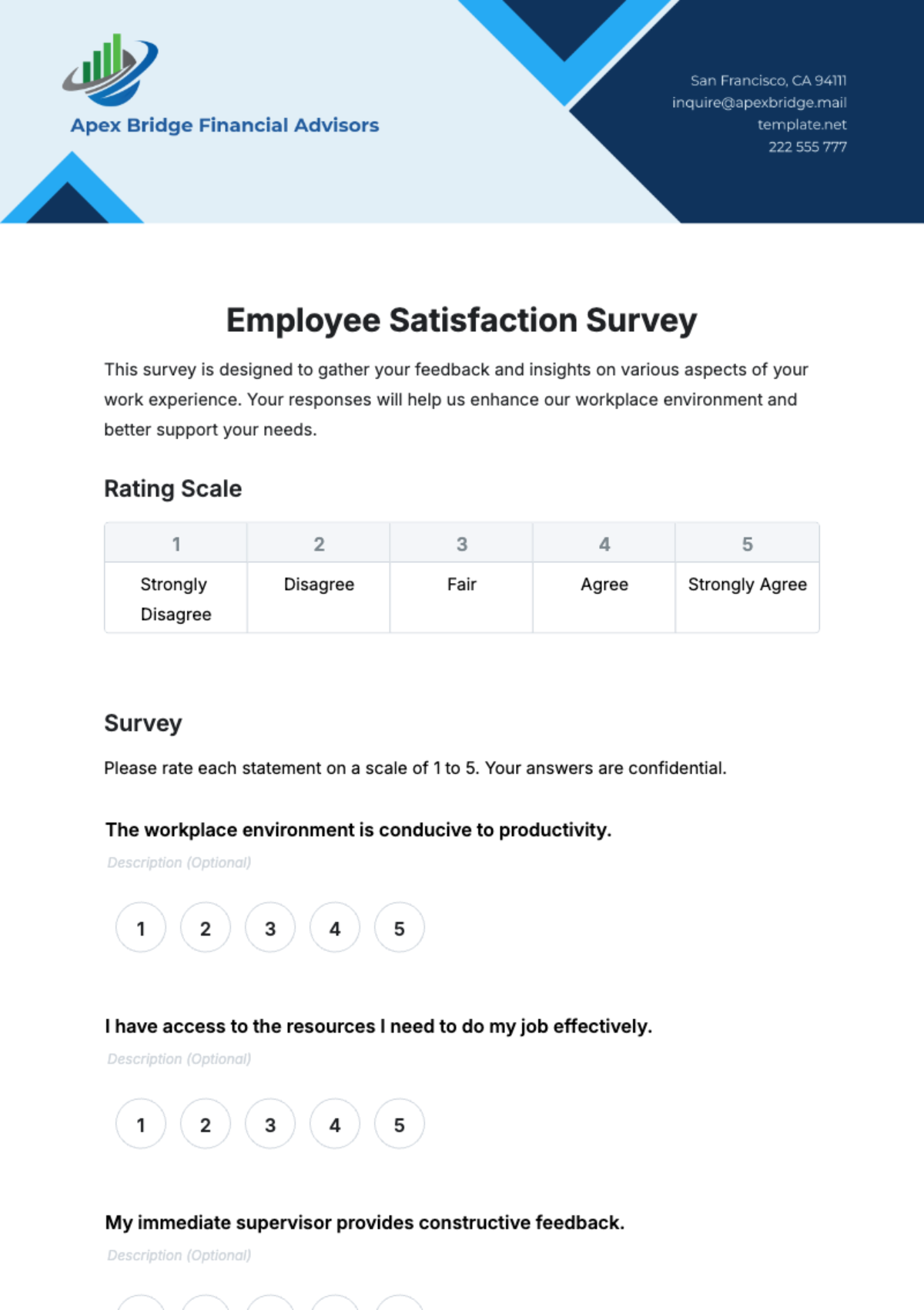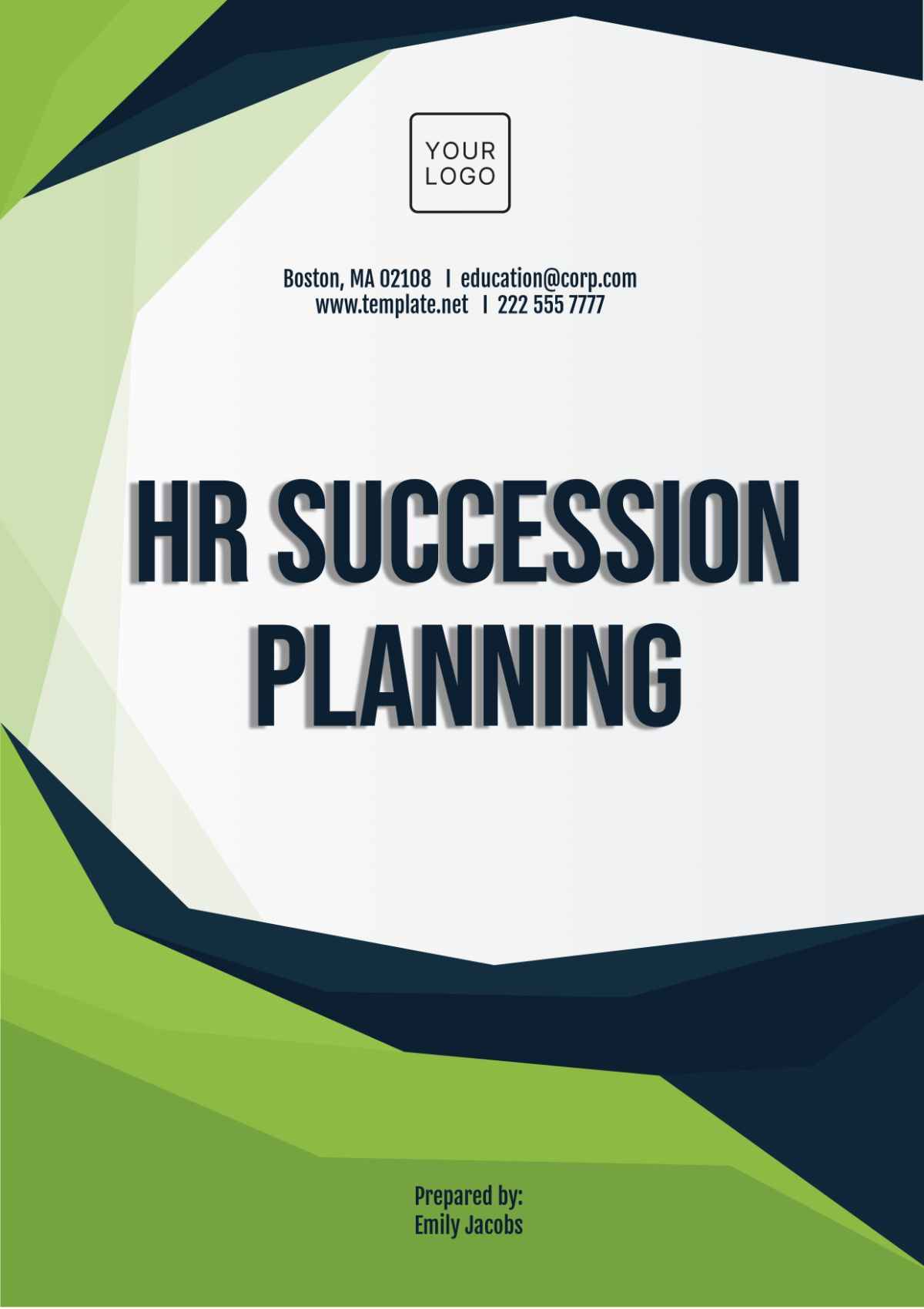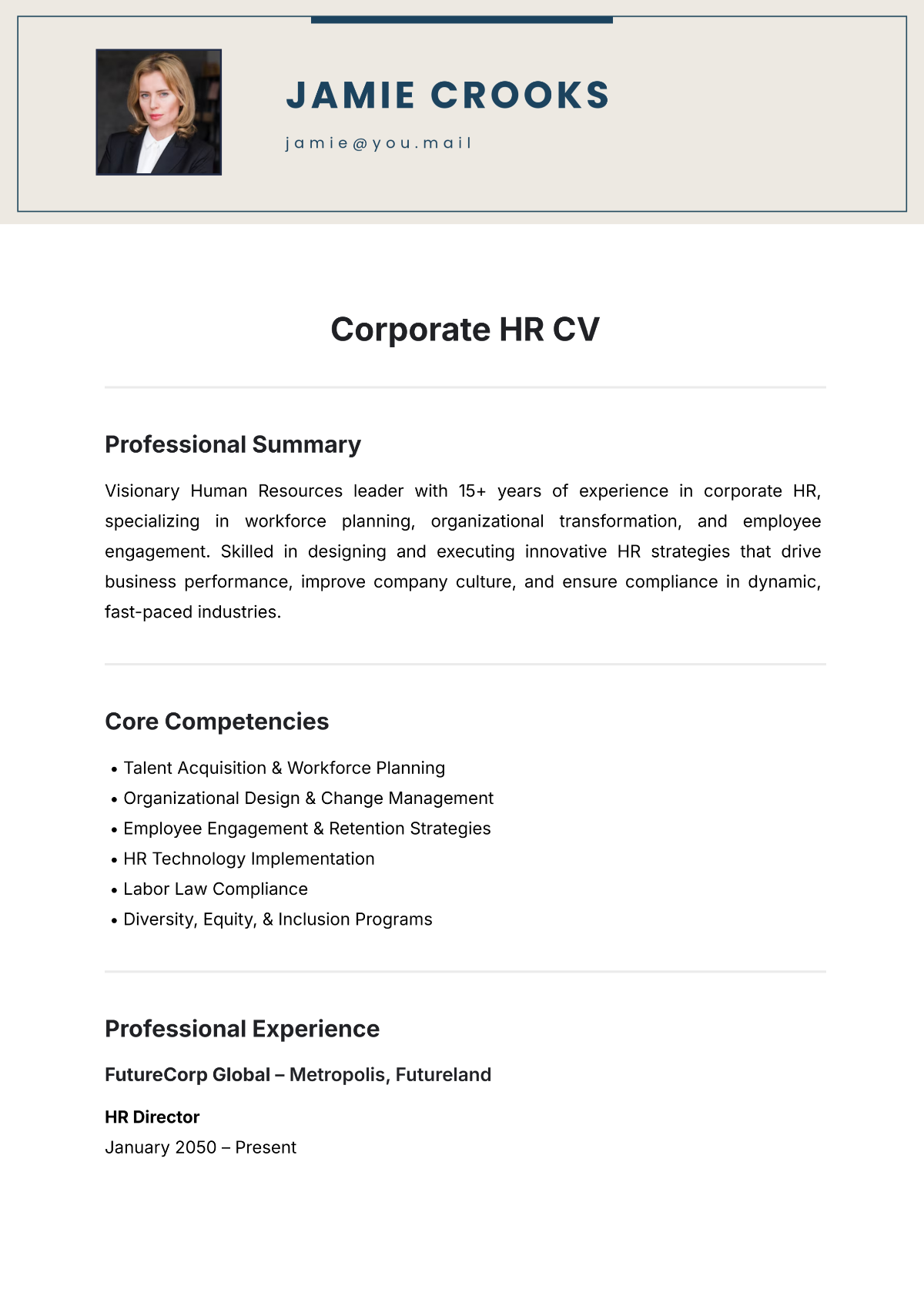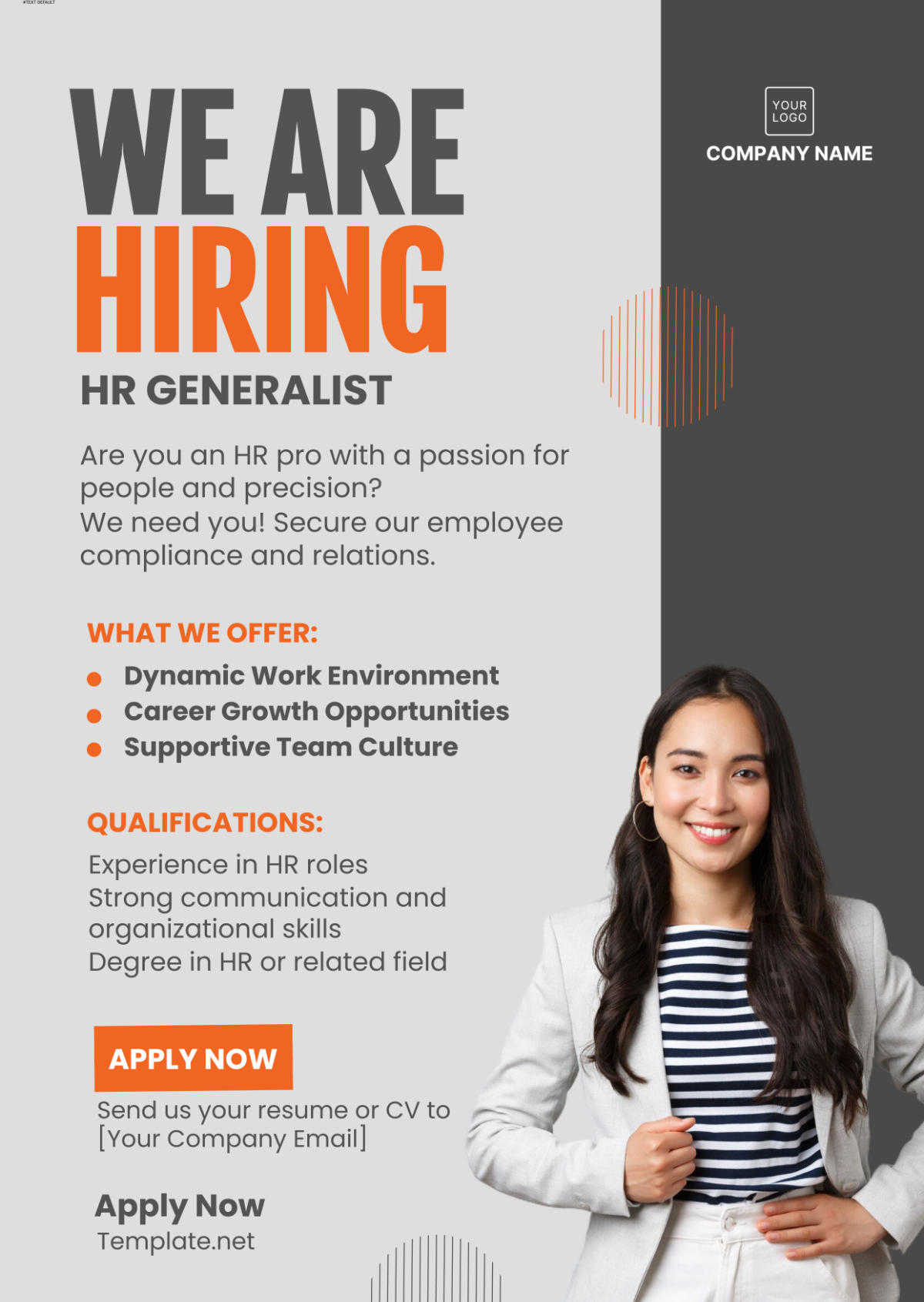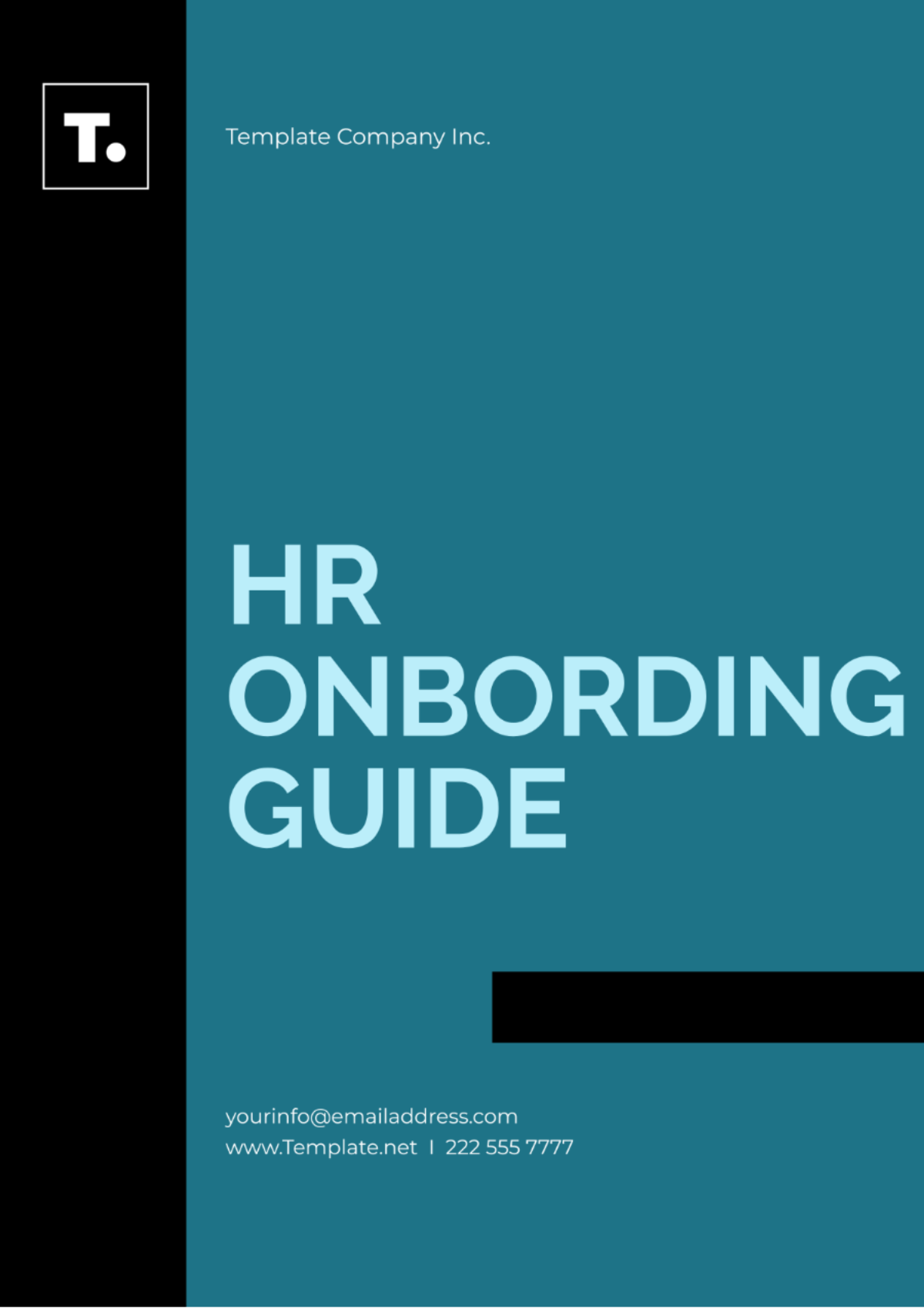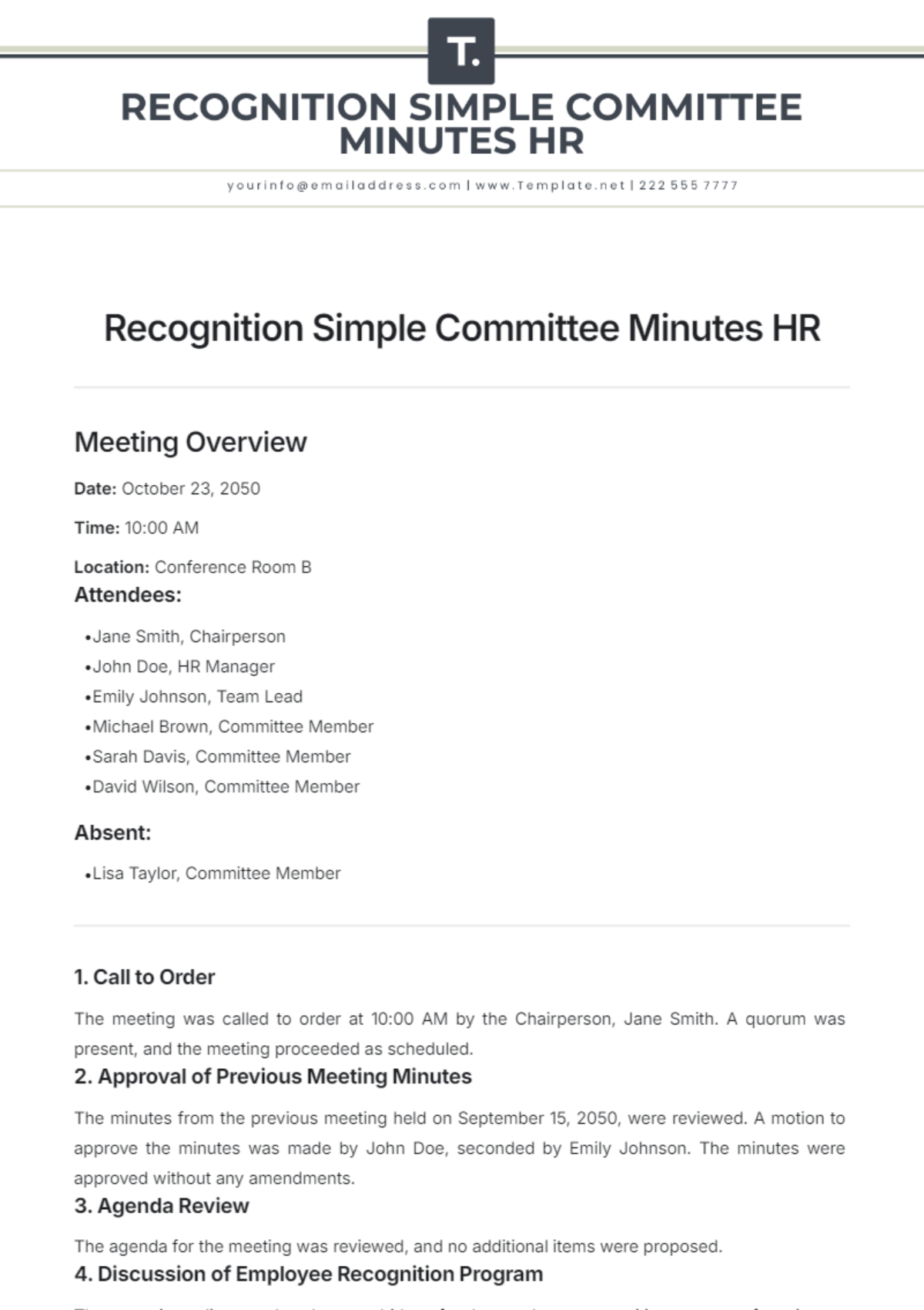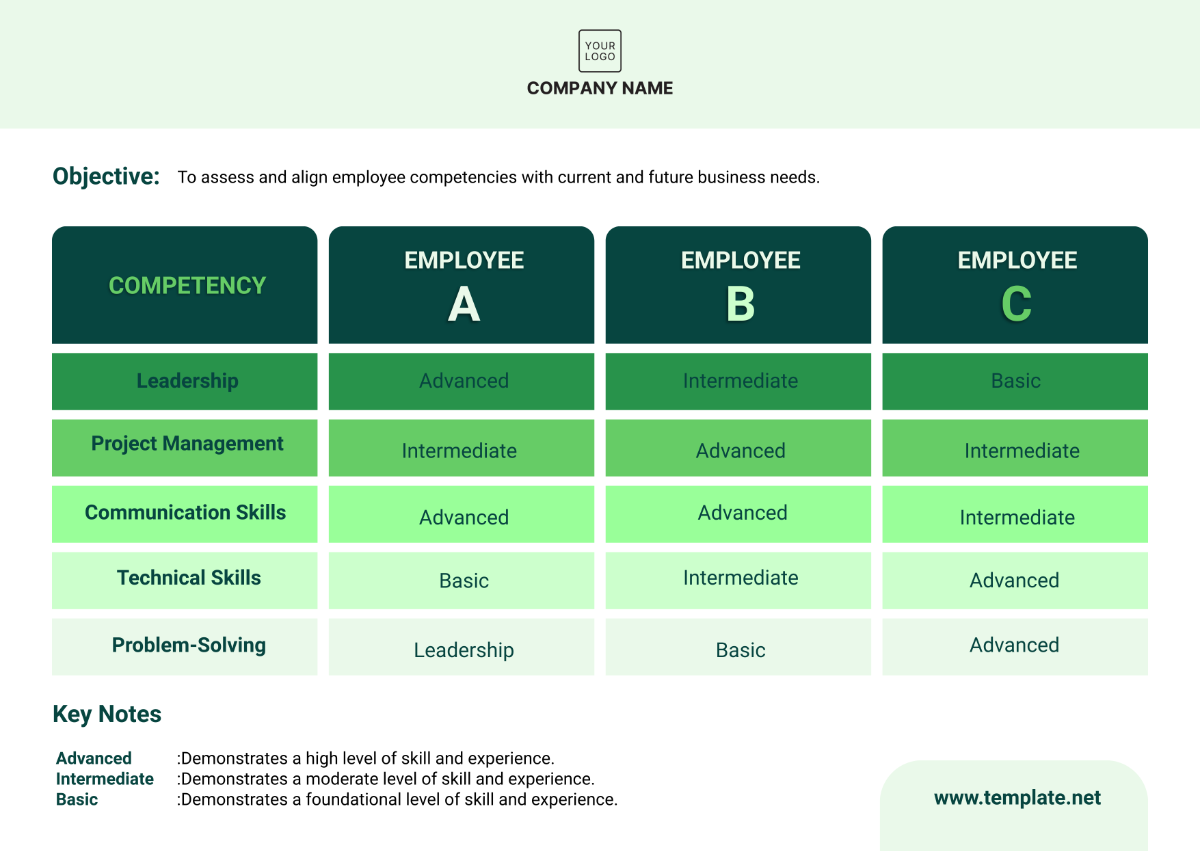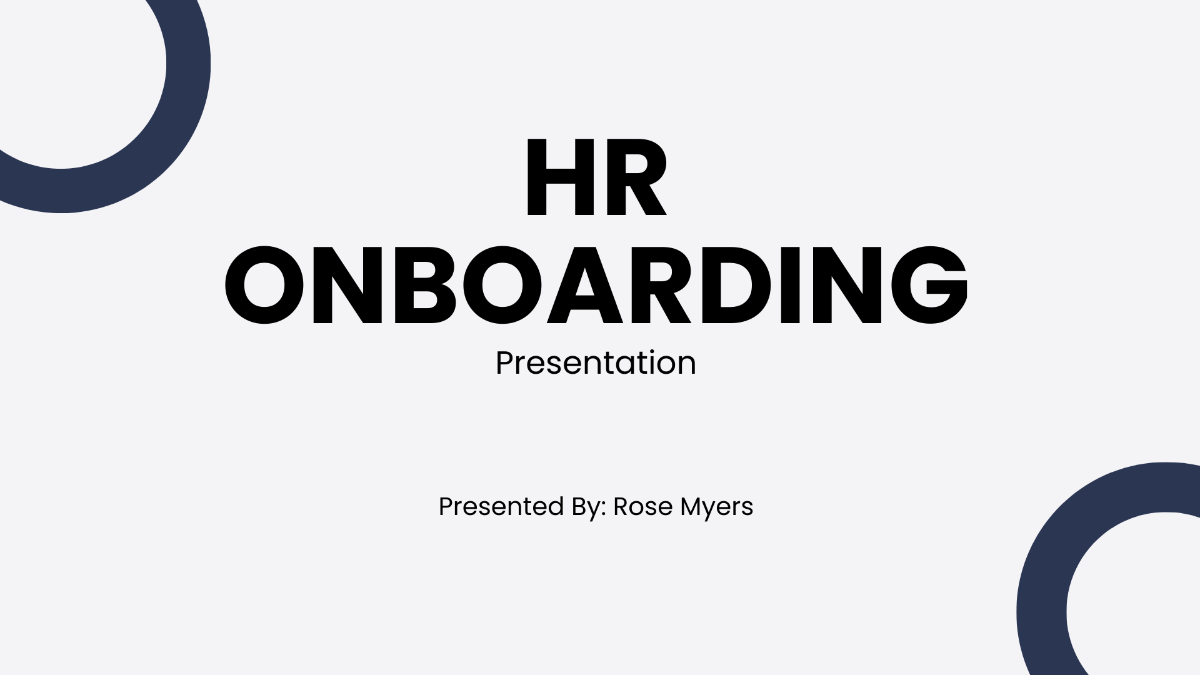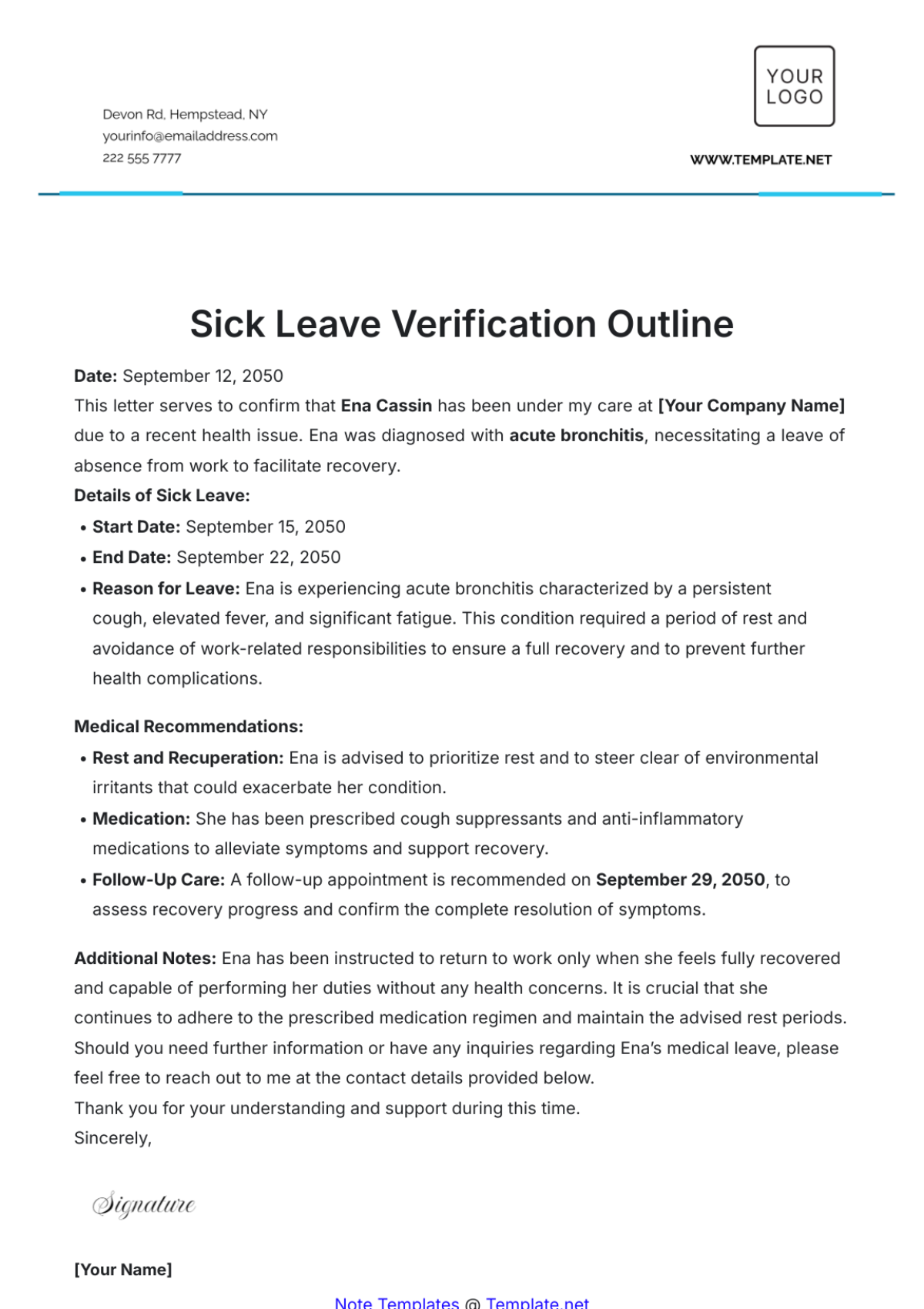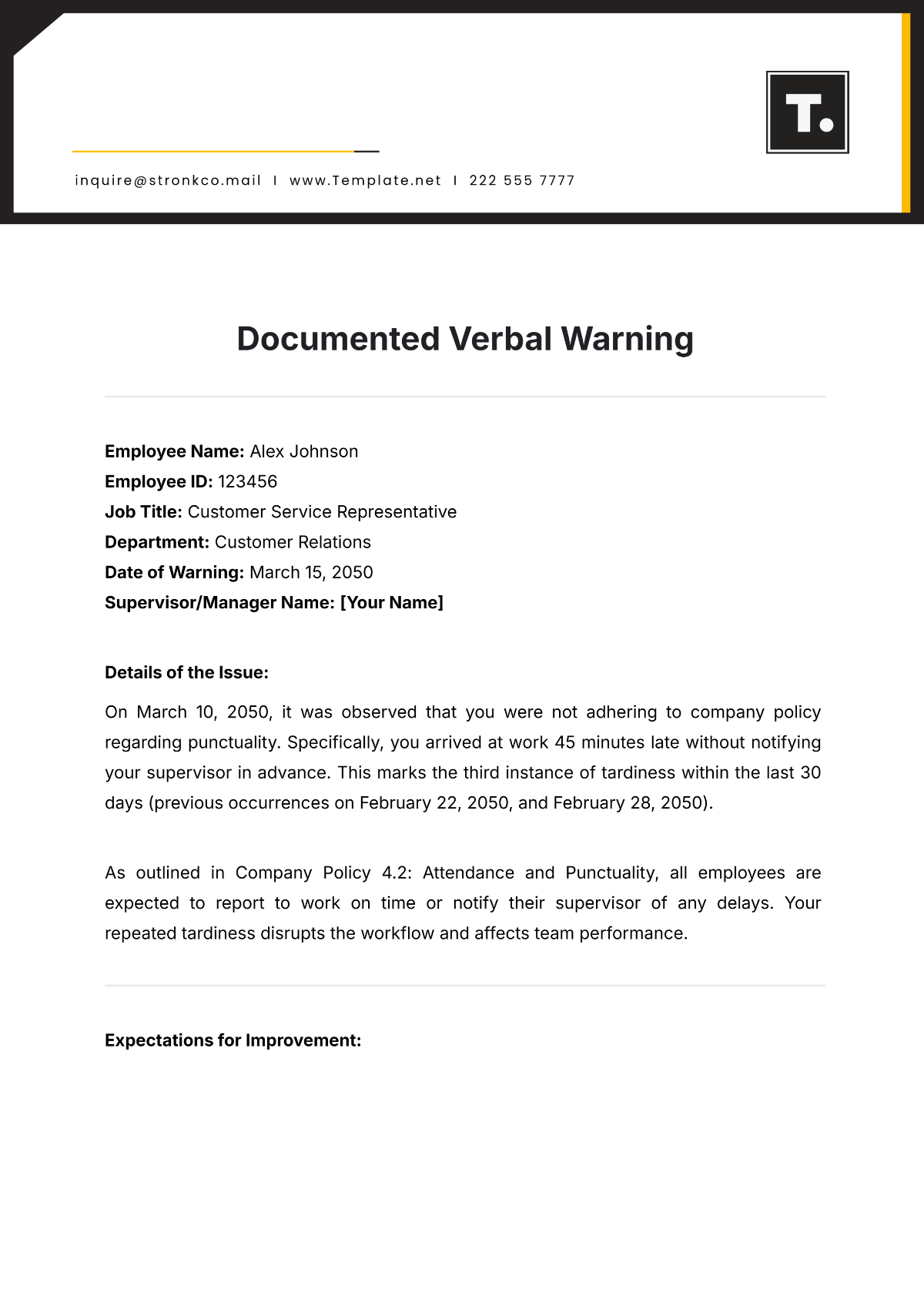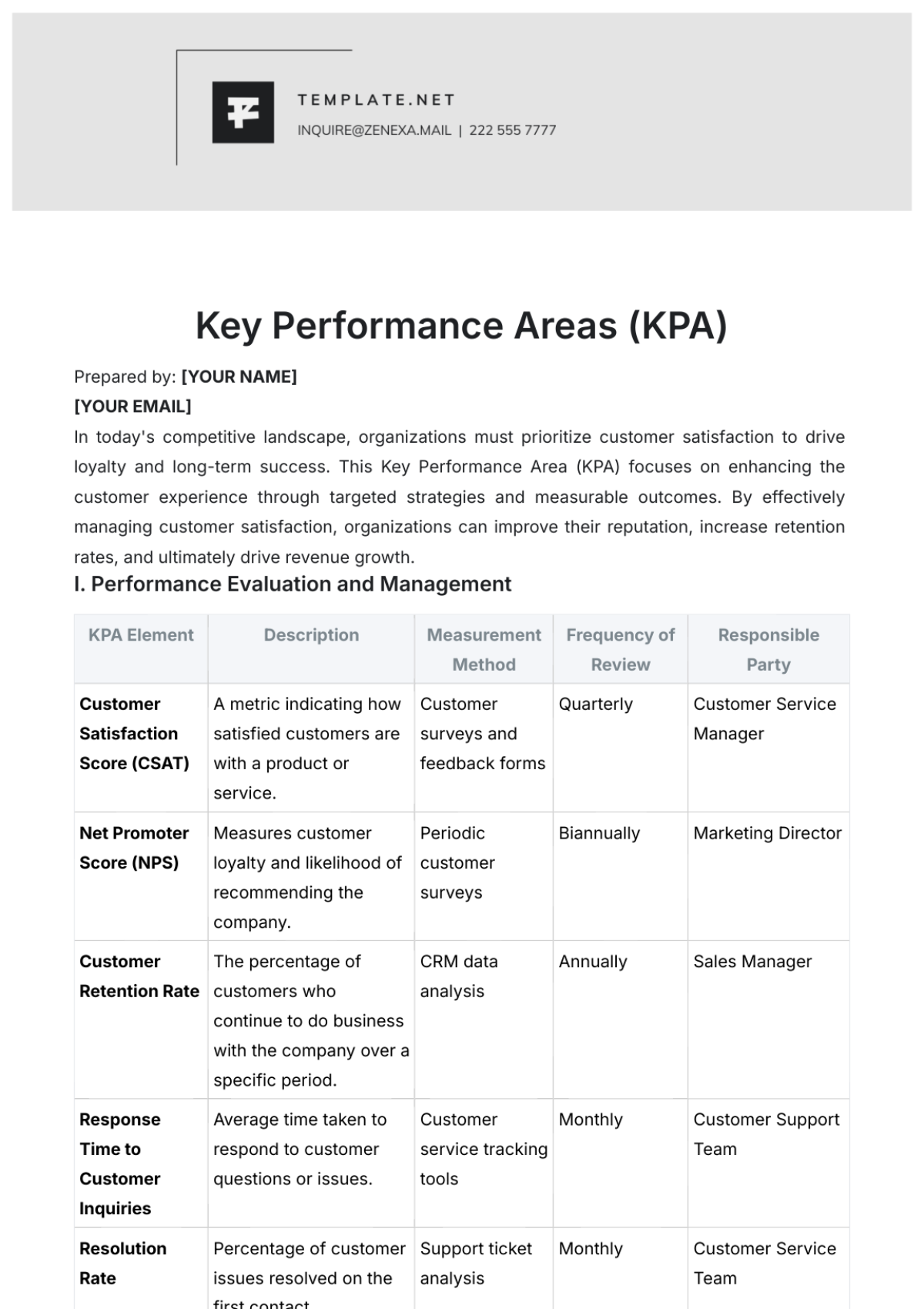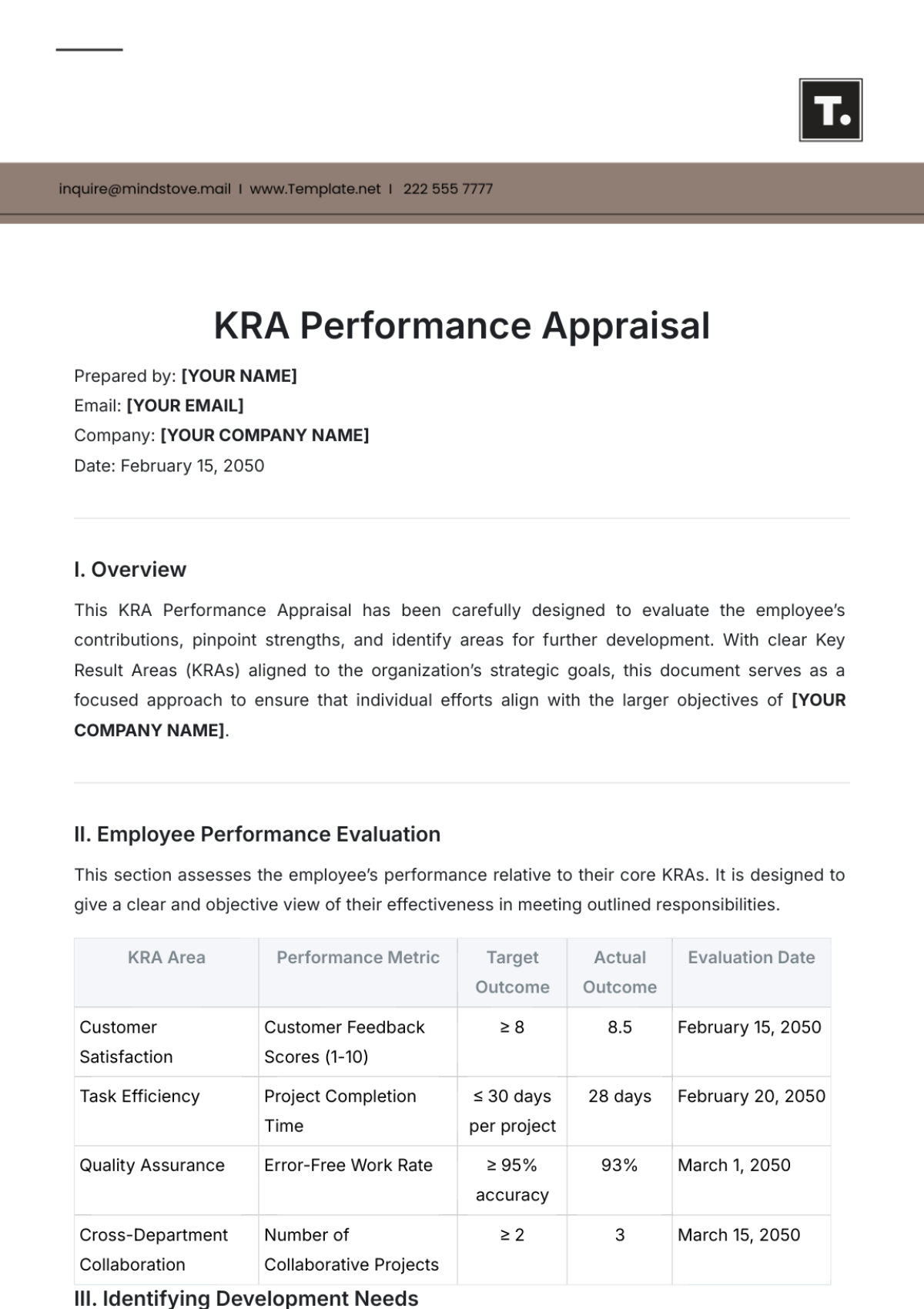Accessibility and Inclusivity in
Workplace Design
Purpose of the Document
This document serves as a comprehensive guide outlining our organization's commitment to Accessibility and Inclusivity in Workplace Design. Its primary purpose is to establish a framework for creating an accessible and inclusive work environment that caters to the diverse needs of our employees.
Importance of Accessibility and Inclusivity
We recognize the vital importance of Accessibility and Inclusivity in fostering a workplace where all individuals can thrive, irrespective of their abilities or backgrounds. By prioritizing these principles, we aim to enhance employee well-being, engagement, and overall organizational performance.
Scope and Applicability
This policy applies to all employees, contractors, and stakeholders within our organization and encompasses all aspects of workplace design, from physical spaces to digital resources.
Compliance with US HR Legal Guidelines
Our commitment to Accessibility and Inclusivity aligns with the legal obligations outlined by US HR regulations, ensuring that we meet and exceed the required standards for equality and accommodation.
Commitment to Accessibility and Inclusivity
Our organization is unwavering in its commitment to fostering Accessibility and Inclusivity in the workplace. We recognize that diversity is our strength, and we are dedicated to providing an environment where every individual, regardless of their abilities, backgrounds, or identities, can contribute fully, thrive, and feel valued.
Non-Discrimination and Equal Opportunity
We firmly stand against discrimination of any kind and are firmly committed to providing equal employment opportunities for all. Our policy prohibits discrimination on the basis of
National origin
Disability
Age
Any other protected characteristic
Race
Color
Religion
Sex
We will take all necessary measures to ensure a workplace free from discrimination and harassment.
Definitions
Accessibility | The practice of creating environments, digital interfaces, and policies that ensure individuals with disabilities can access, use, and participate fully in all aspects of work. |
Inclusivity | The commitment to building a workplace culture that welcomes and respects diversity in all its dimensions. It fosters a sense of belonging where every employee feels valued and empowered to contribute their unique perspectives, regardless of their background, abilities, or identity. |
Reasonable Accommodation | Entails adjustments or modifications made to the workplace, practices, or technologies to enable individuals with disabilities to perform their job effectively. These accommodations ensure equal opportunities and may include physical changes, flexible schedules, or assistive tools. |
Discrimination | Occurs when individuals are unfairly treated based on protected characteristics, such as race, gender, religion, disability, age, or others. |
Harassment | Encompasses unwelcome behaviors or actions—verbal, physical, or visual—that create a hostile or intimidating work environment due to an individual's protected characteristics. It includes offensive comments, slurs, or actions and is strictly prohibited within our workplace to maintain a respectful and inclusive atmosphere. |
Principles of Accessibility and Inclusivity
Physical Accessibility
Accessible Entrances and Exits: Implementing accessible entrances and exits to provide ease of access for everyone, including those using mobility aids or wheelchairs.
Parking and Transportation: Providing accessible parking spaces and transportation options to ensure that employees with disabilities can easily commute to and access the workplace.
Ergonomic Considerations
Adjustable Workstations and Furniture: Offering adjustable desks and ergonomic furniture options to accommodate diverse body types and promote employee comfort and well-being.
Ergonomic Assessment: Conducting ergonomic assessments to identify and address specific employee needs, thereby reducing the risk of work-related injuries and enhancing overall workplace comfort.
Sensory Inclusivity
Designing for Noise Control: Creating spaces that consider noise levels and provide quiet areas for employees who require concentration or have sensory sensitivities.
Adjustable Lighting: Implementing adjustable lighting solutions to cater to individual preferences and needs, ensuring a comfortable and inclusive workspace for all.
Cultural Inclusivity
Communal Areas Design: Designing communal spaces that promote interaction and collaboration while respecting diverse cultural practices and preferences.
Diverse Decor and Artwork: Incorporating diverse and inclusive decor and artwork that reflect our commitment to recognizing and celebrating the various cultures and backgrounds of our workforce.
Technology Accessibility
Accessible Software and Hardware: Ensuring that all digital tools, software, and hardware used in the workplace are accessible to individuals with disabilities, including screen readers, voice commands, and alternative input methods.
Website Accessibility: Maintaining an accessible website that complies with web accessibility standards (e.g., WCAG) to provide equal access to information and resources for all employees and customers.
Flexible Workspaces
Variety of Work Environments: Offering a range of workspaces to accommodate diverse work styles and needs, including open collaboration areas, private workspaces, and relaxation zones.
Remote Work Policies: Establishing flexible remote work policies to ensure that employees can work in environments that best suit their needs while maintaining productivity and inclusivity.
Roles and Responsibilities
In fostering an inclusive workplace, it is crucial to define clear roles and responsibilities. This section outlines the distinct contributions of HR, managers, supervisors, and employees in achieving our goals.
Role | Responsibilities |
HR Department | Policy Implementation Ensure the Accessibility and Inclusivity policy is effectively implemented throughout the organization. |
Employee Training Develop and deliver training programs on accessibility, inclusivity, and accommodation procedures for all employees. | |
Accommodation Processing Administer the accommodation request process, including receiving, reviewing, and coordinating accommodations in compliance with legal requirements. | |
Managers and Supervisors | Ensuring Compliance Ensure their teams are aware of and adhere to the accessibility and inclusivity policy, taking proactive measures to prevent discrimination and harassment. |
Accommodation Support Collaborate with HR to provide necessary support and accommodations to employees who require them, including participating in the interactive accommodation process. | |
Employees | Reporting Concerns Report any concerns related to discrimination, harassment, or accessibility issues to HR or appropriate channels. |
Requesting Accommodations If an accommodation is needed due to a disability, initiate the request process by contacting HR and providing necessary documentation as required. |
Training and Awareness
Our focus is on nurturing a workplace culture that values diversity and equal opportunities. We achieve this through Accessibility and Inclusivity Training Programs, which empower employees with the knowledge needed. We've also established clear Communication and Reporting Channels for addressing concerns swiftly. Ongoing Awareness Initiatives further reinforce our commitment to accessibility, inclusivity, and the celebration of diversity within our organization.
Reporting and Resolution of Concerns
In the Reporting and Resolution of Concerns section, we outline the structured procedures for addressing discrimination, harassment, and accessibility issues. Our commitment is to promptly investigate, resolve, and ensure a safe, inclusive work environment.
Reporting Discrimination or Harassment
Reporting Accessibility Concerns
Investigation and Resolution Procedures
Review and Monitoring
We conduct regular workplace assessments to evaluate the effectiveness of our accessibility and inclusivity measures. These assessments encompass physical spaces, digital resources, and overall work environments. Through systematic reviews, we identify areas for improvement and take proactive steps to enhance inclusivity continually.
Each accommodation request is subject to careful evaluation. We assess the appropriateness of requested accommodations, ensuring they align with legal requirements and individual needs. Our goal is to provide reasonable accommodations that facilitate equal opportunities and uphold our commitment to inclusivity.
To maintain our adherence to accessibility and inclusivity standards, we conduct compliance audits periodically. These audits encompass a comprehensive review of policies, procedures, and practices. They help us identify any potential compliance gaps and take corrective actions to ensure ongoing alignment with regulatory requirements and organizational goals.
Document Compliance with Legal Guidelines
ADA (Americans with Disabilities Act) Compliance: Our document aligns with the ADA, ensuring that our accessibility and inclusivity policies, procedures, and accommodations adhere to this federal law, promoting equal opportunities and protection against discrimination for individuals with disabilities.
EEOC (Equal Employment Opportunity Commission) Guidelines: We follow EEOC guidelines, which reinforce our commitment to maintaining an inclusive workplace, free from discrimination based on protected characteristics, and promoting diversity and equal employment opportunities.
Other Relevant Federal and State Laws: In addition to ADA and EEOC guidelines, we ensure compliance with other applicable federal and state laws, fostering a work environment that upholds the highest legal standards of inclusivity, accessibility, and non-discrimination.
